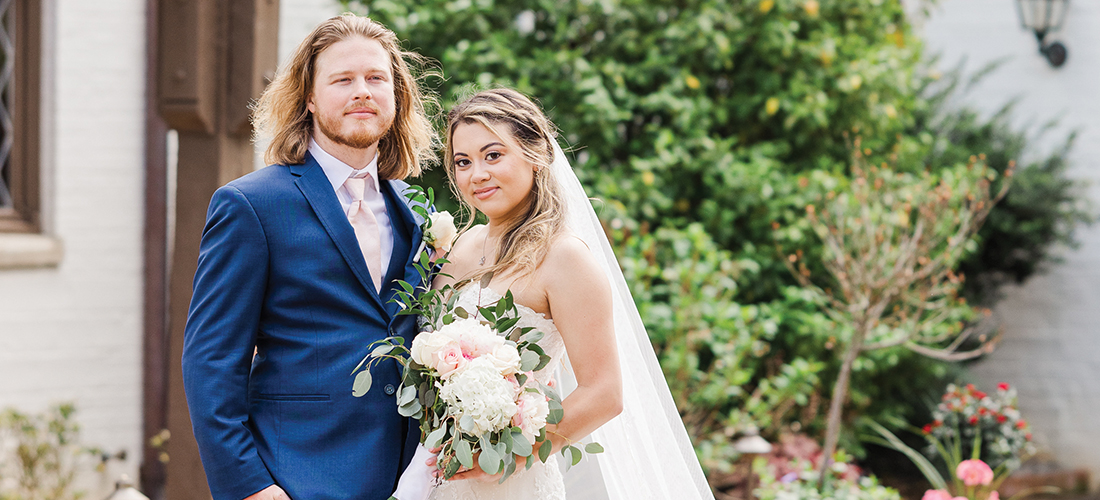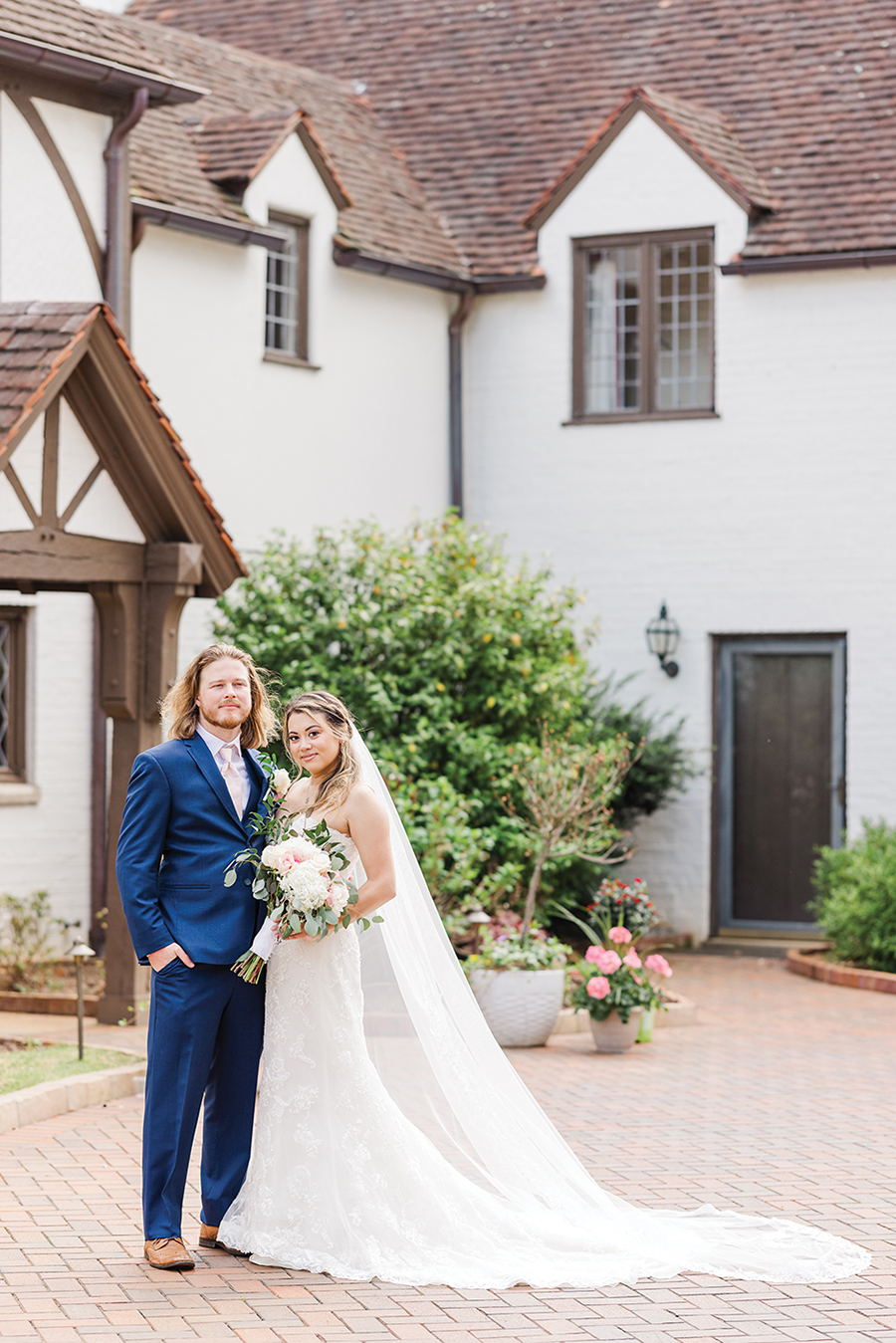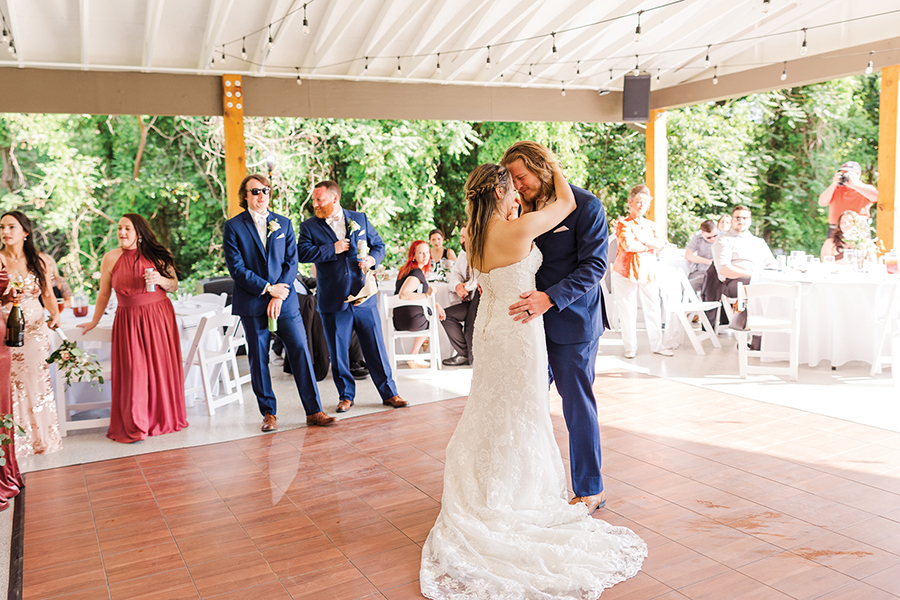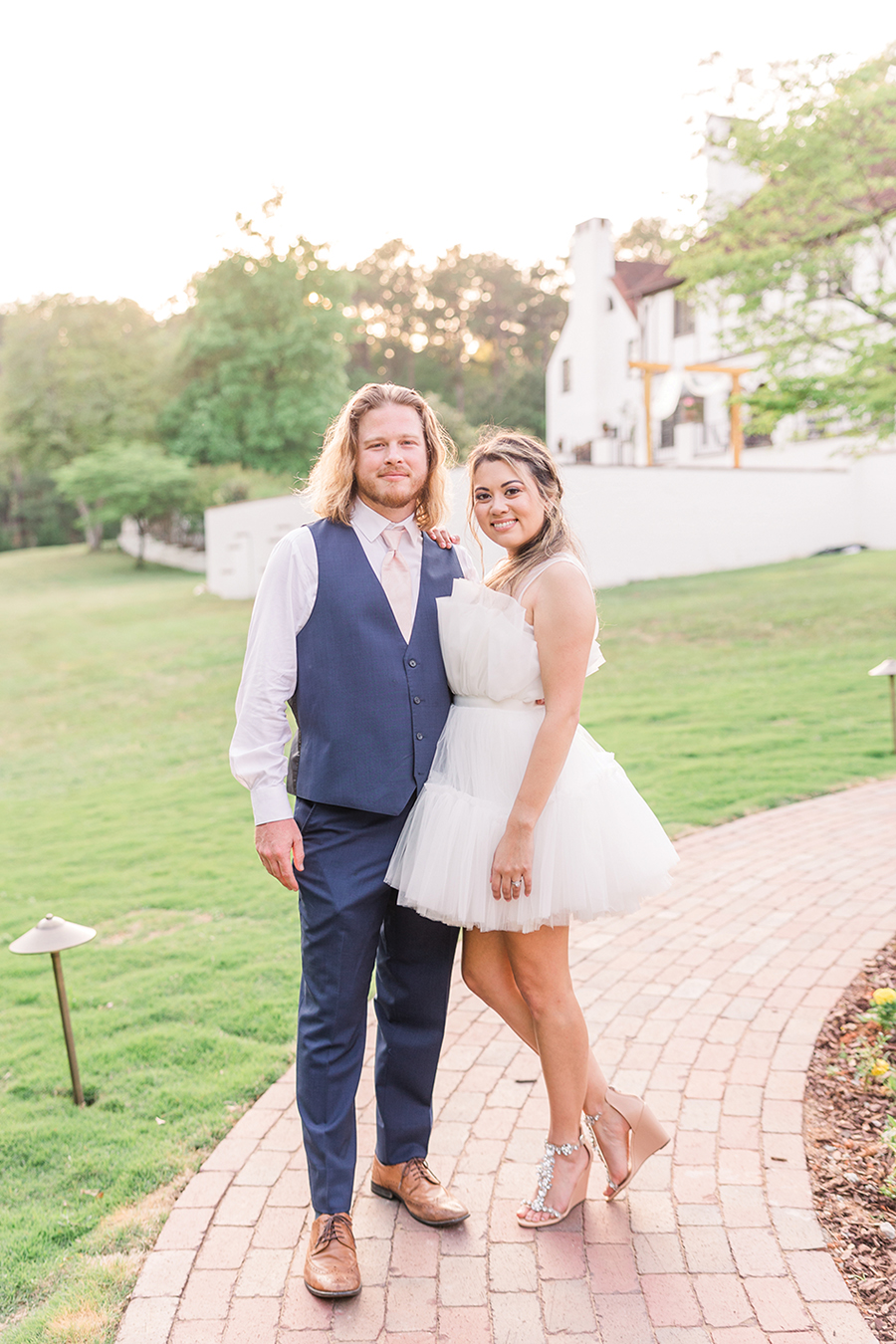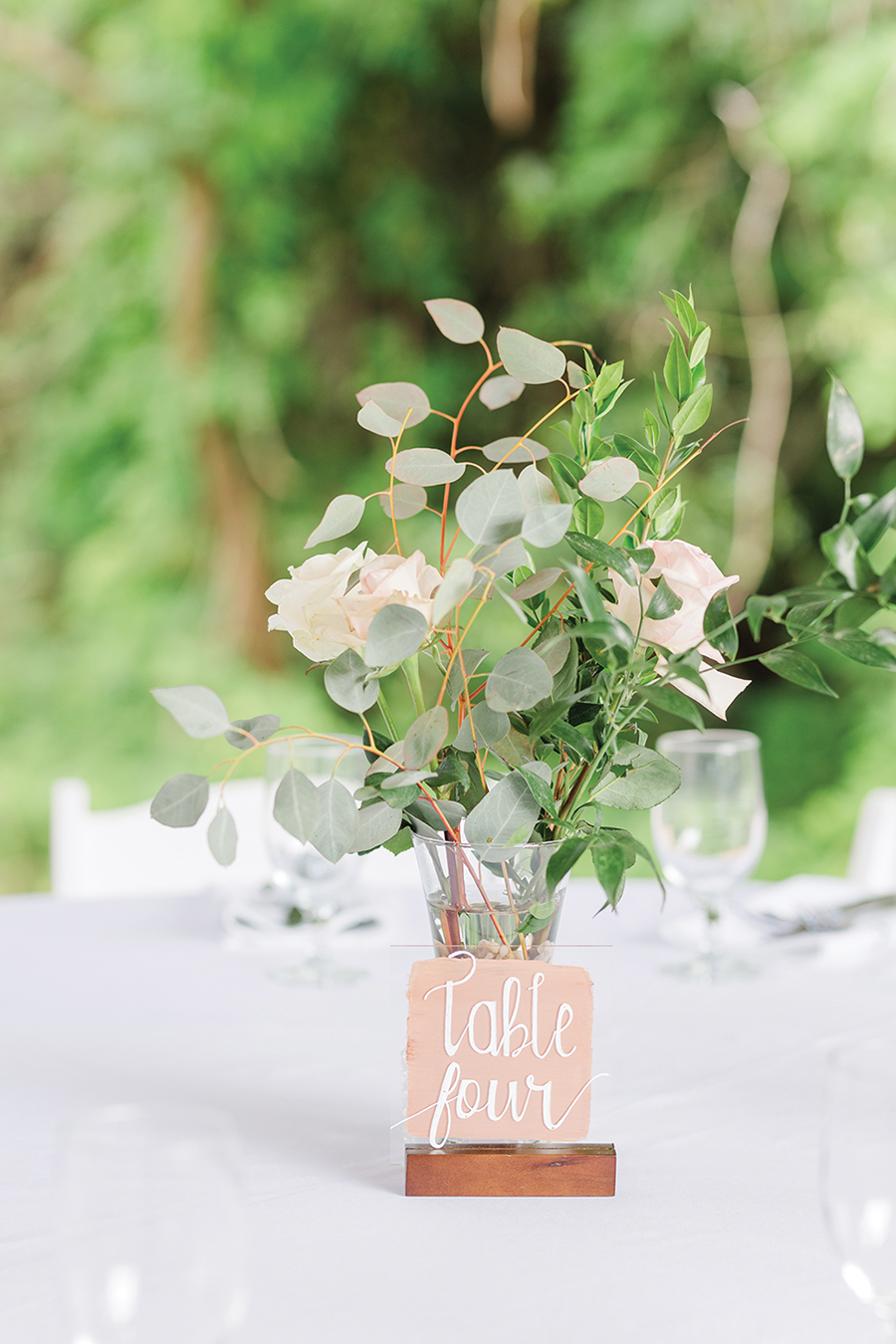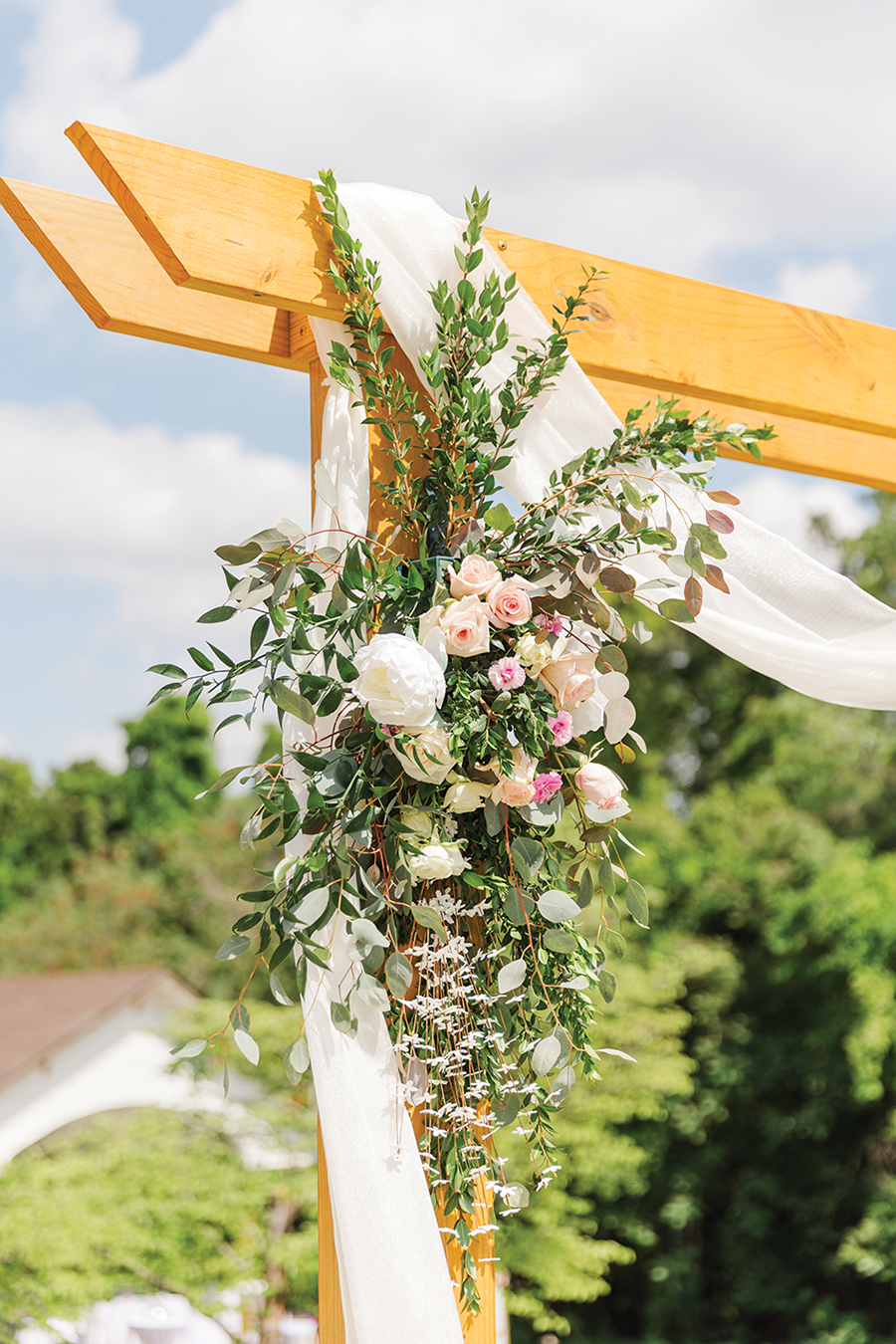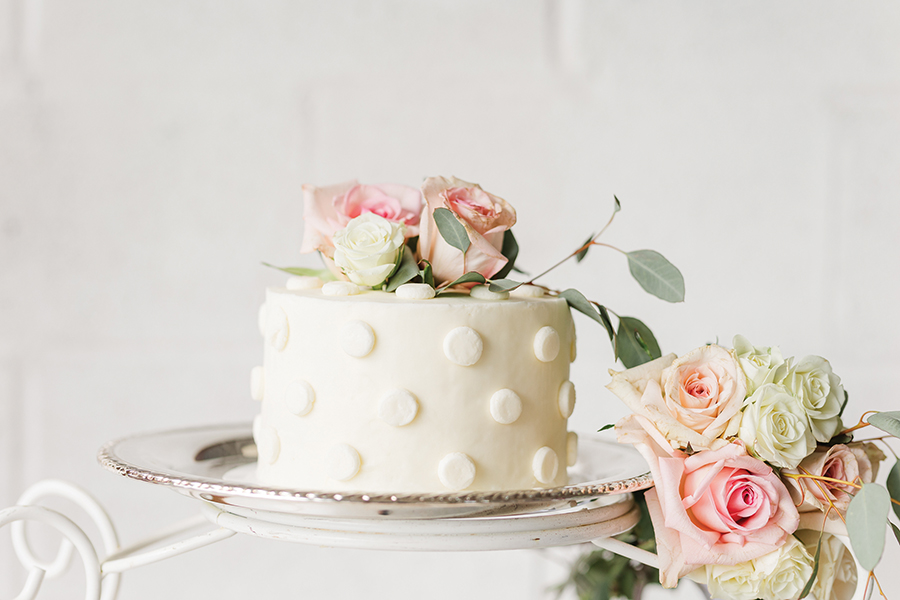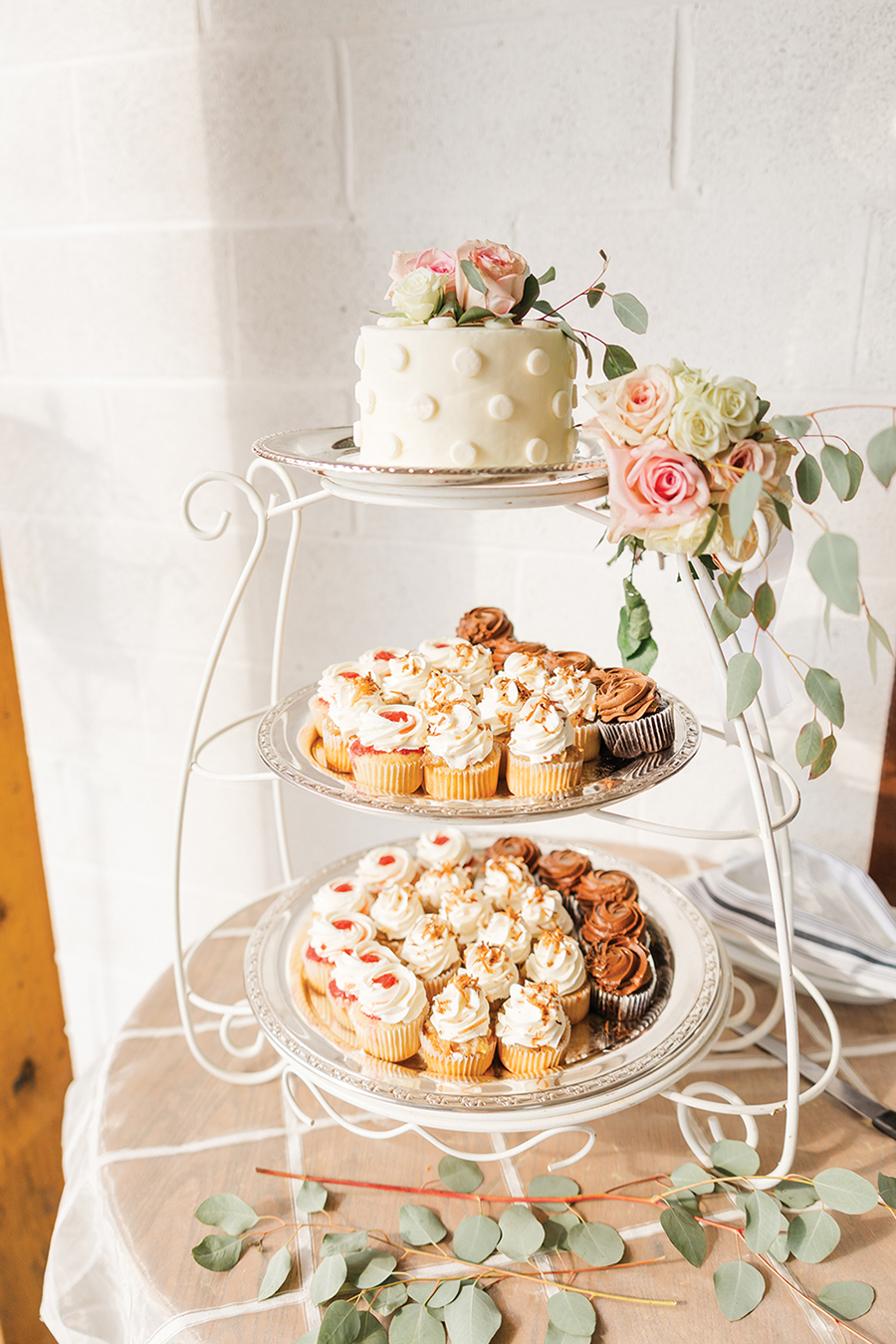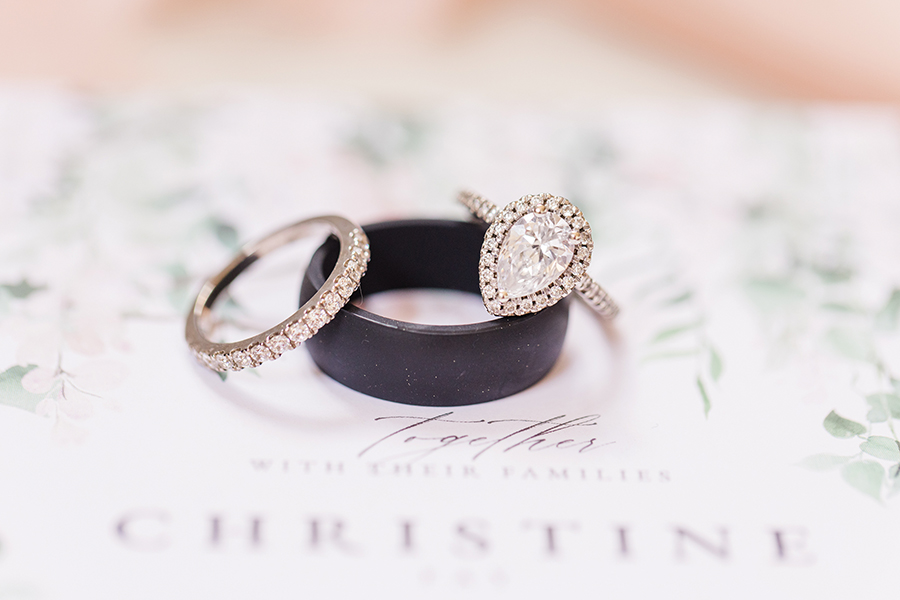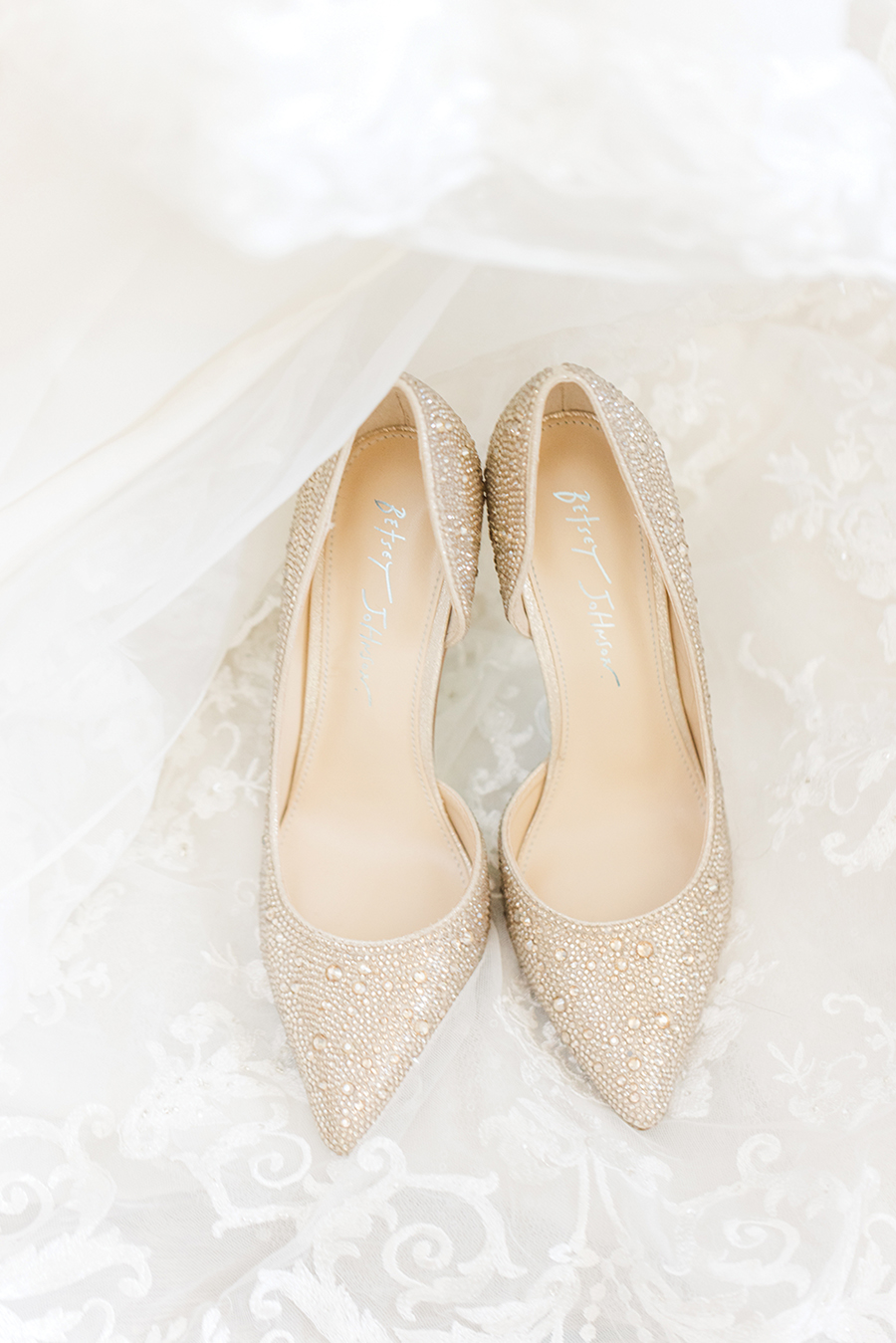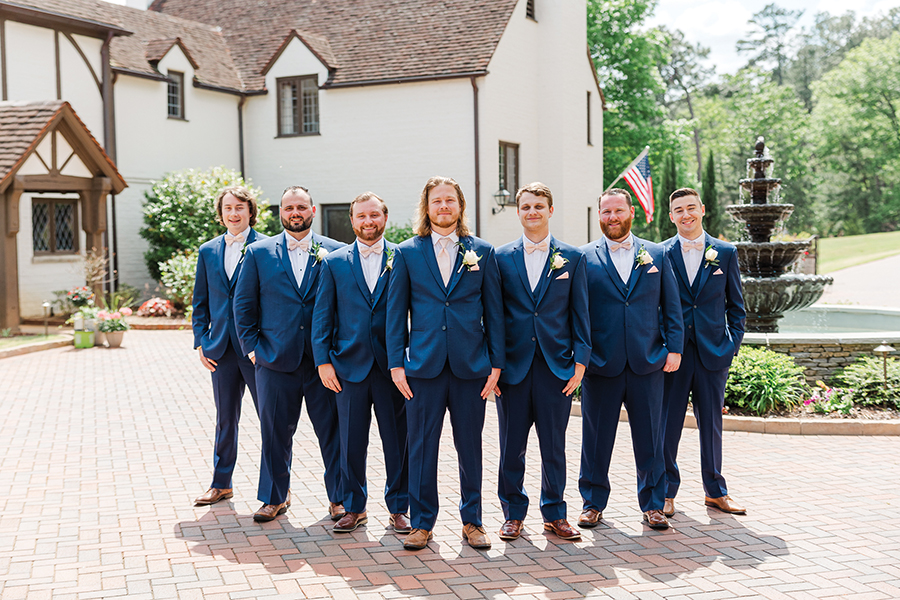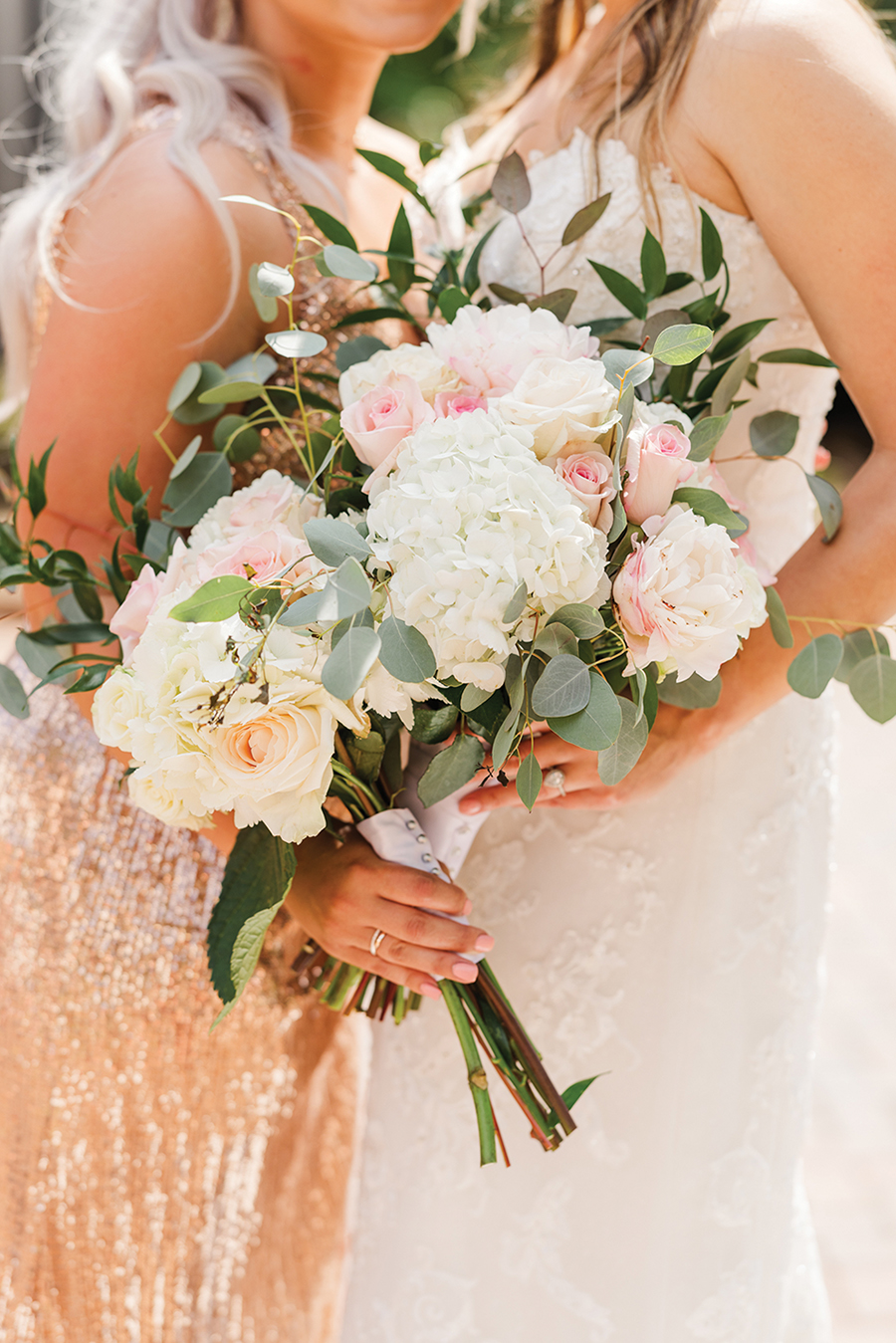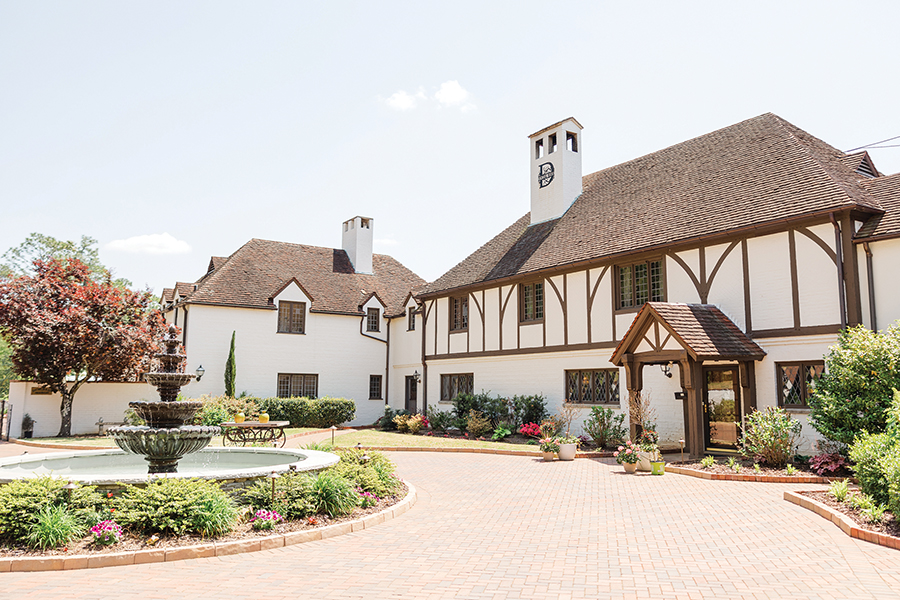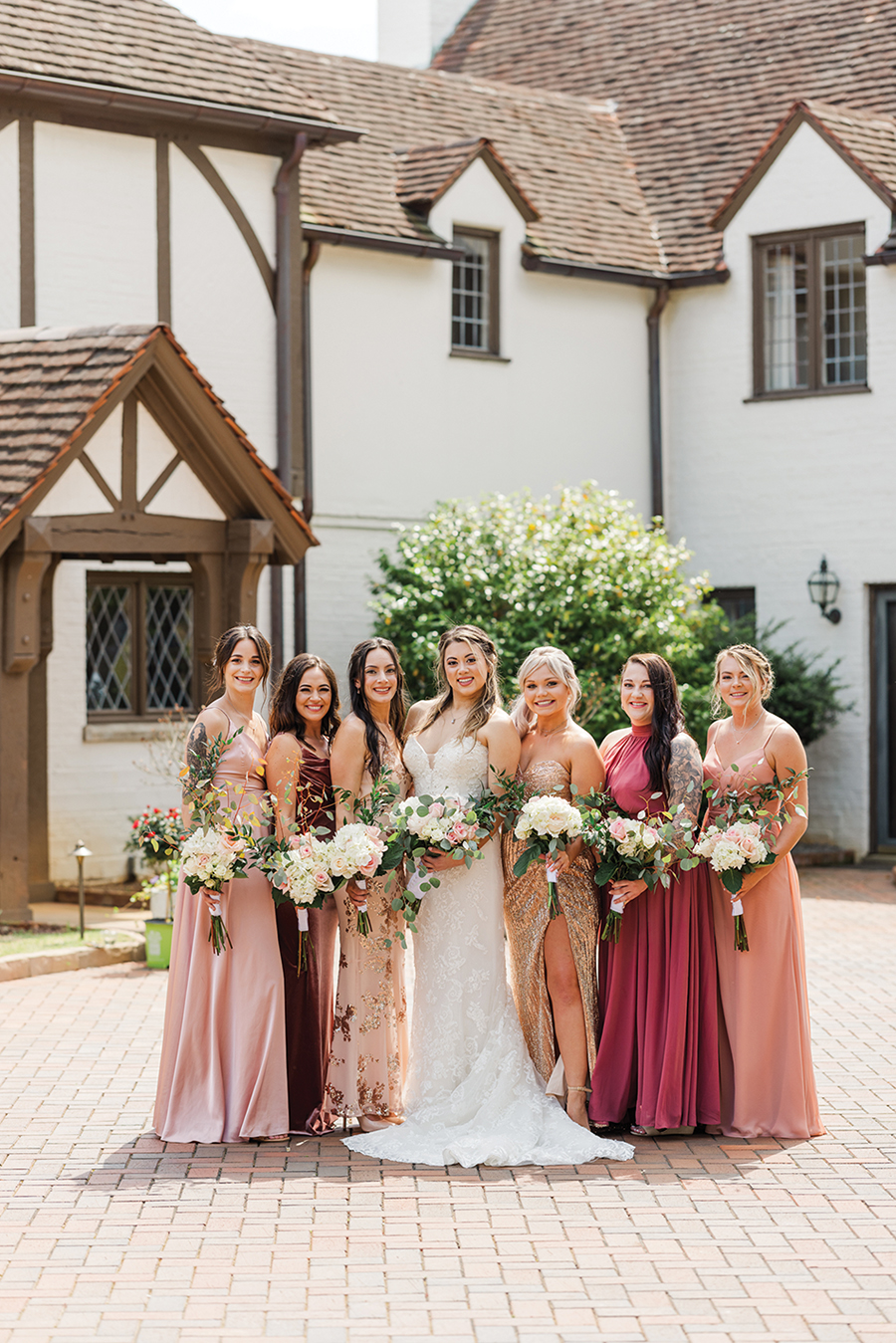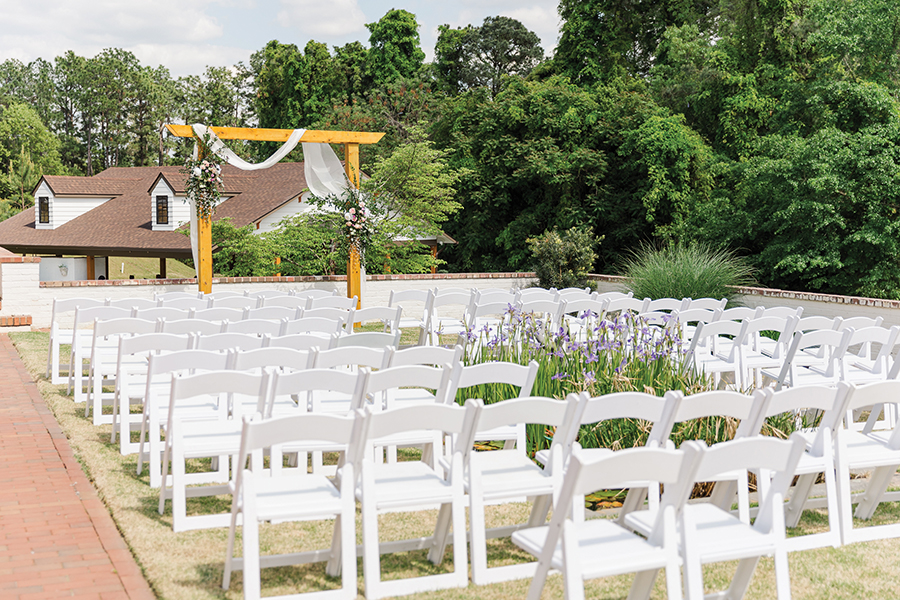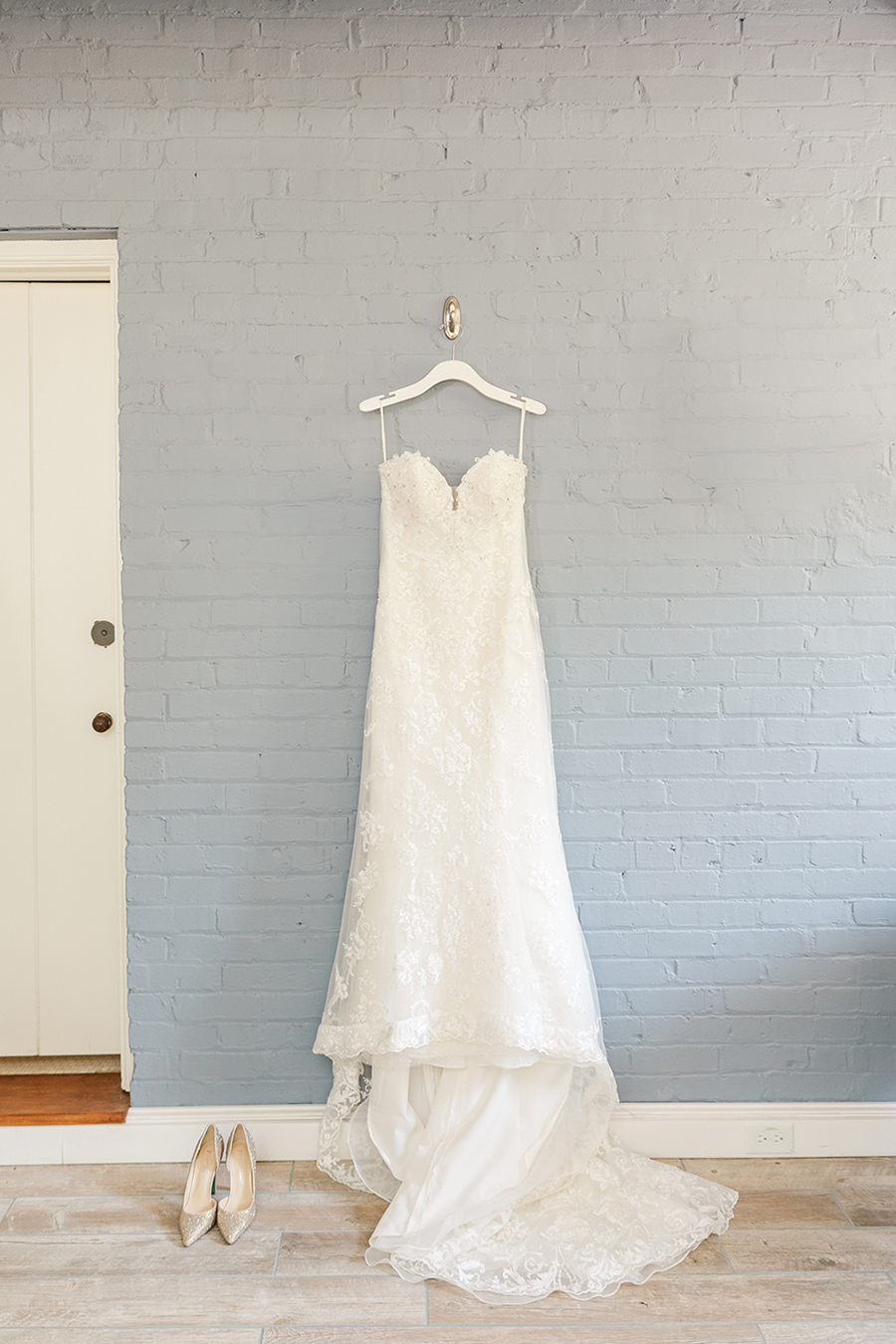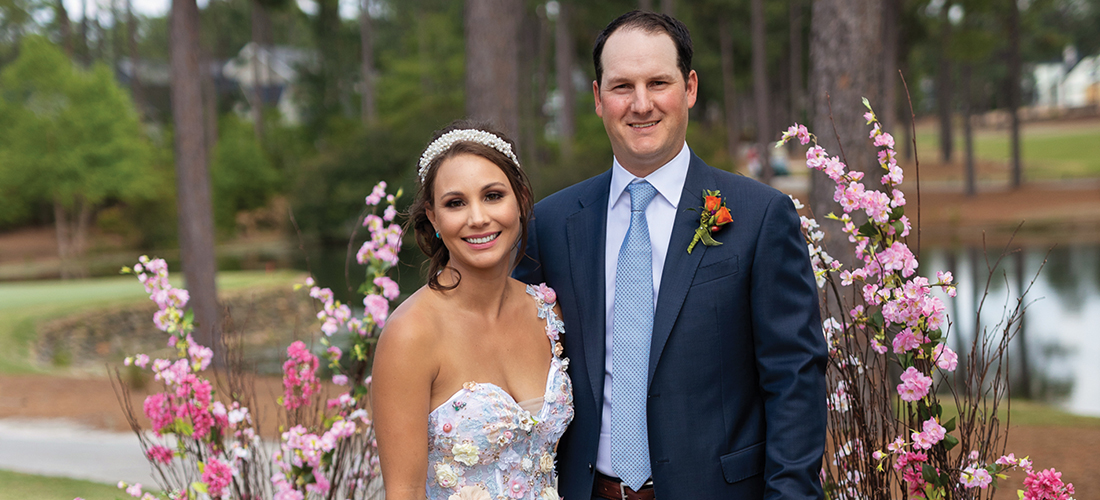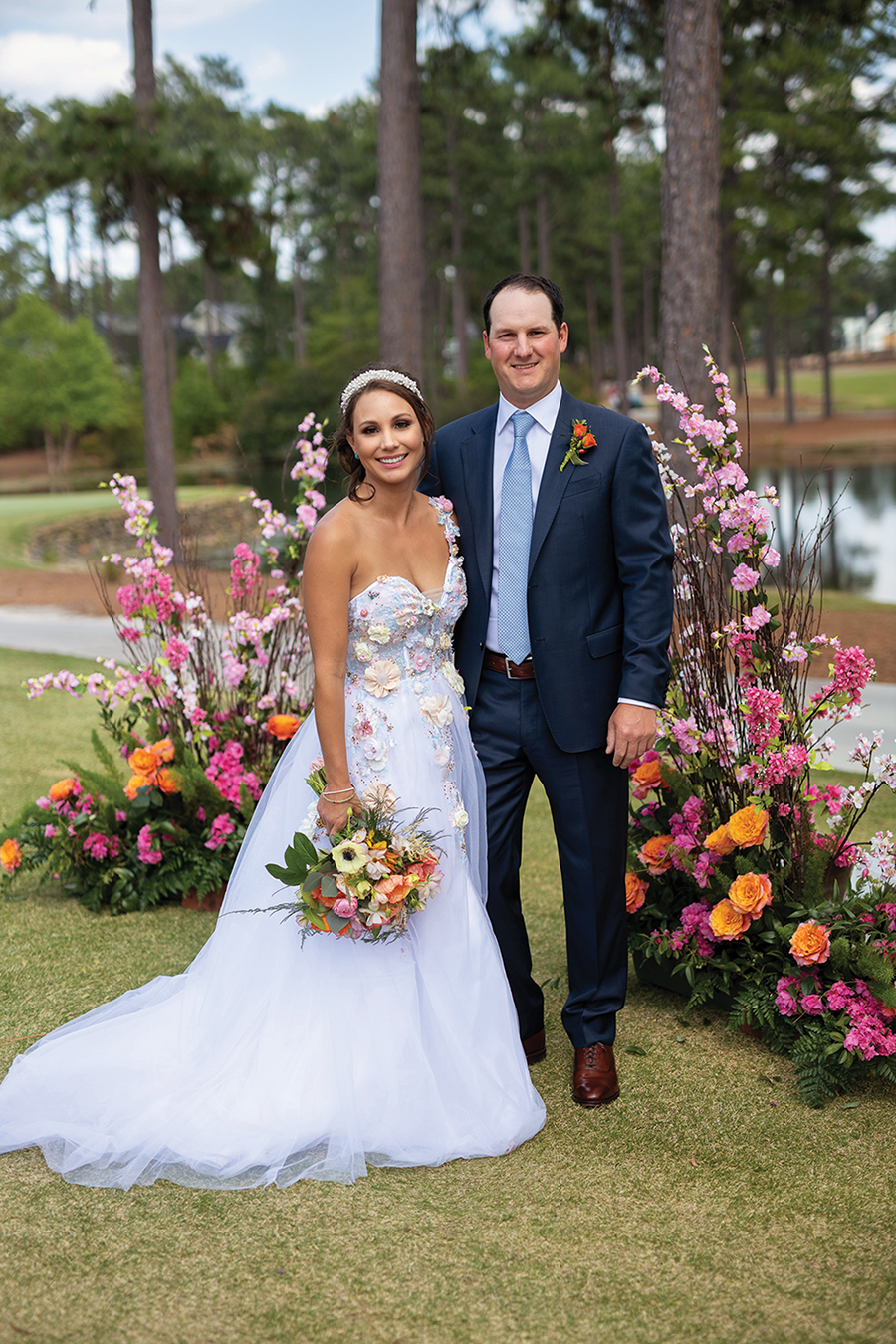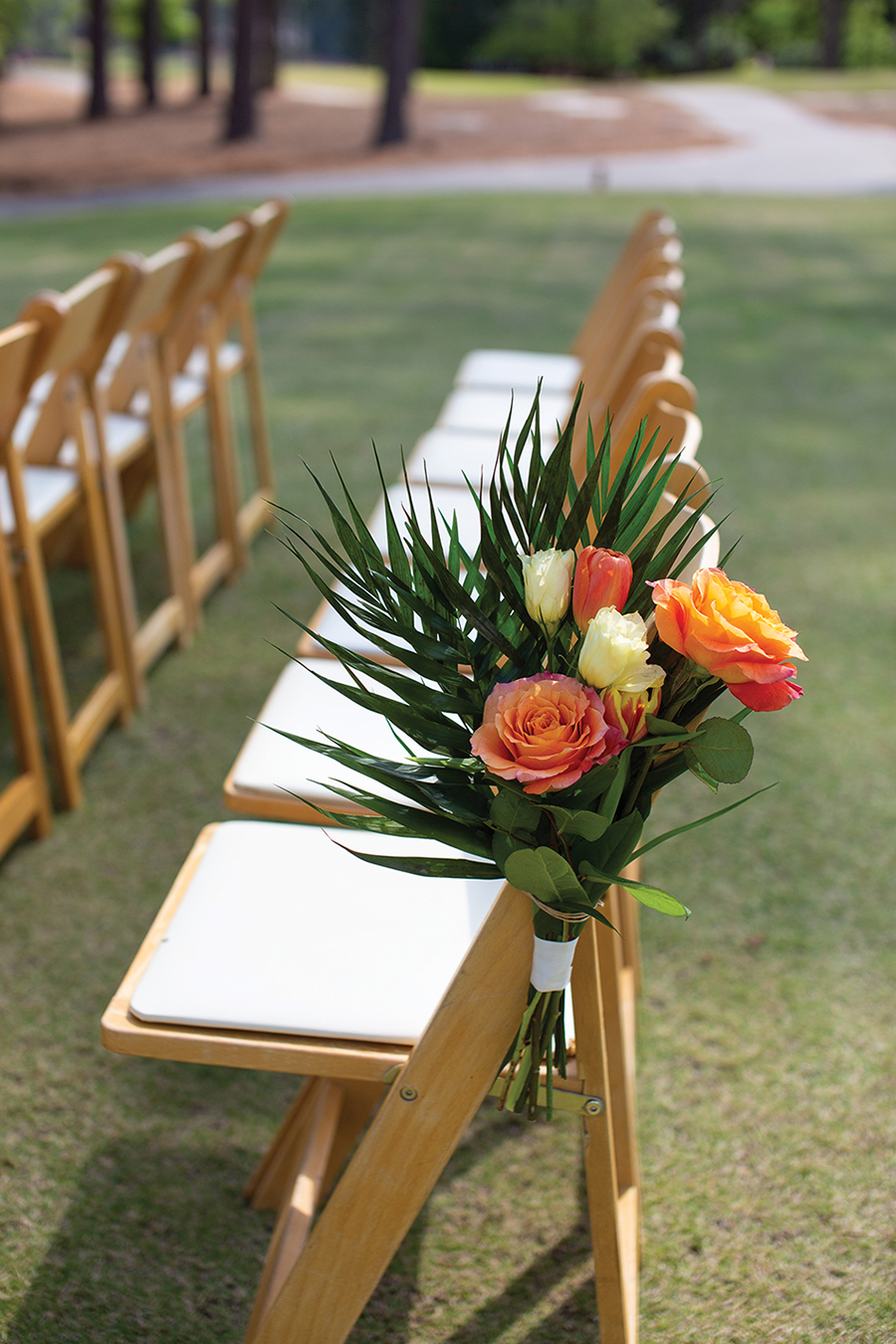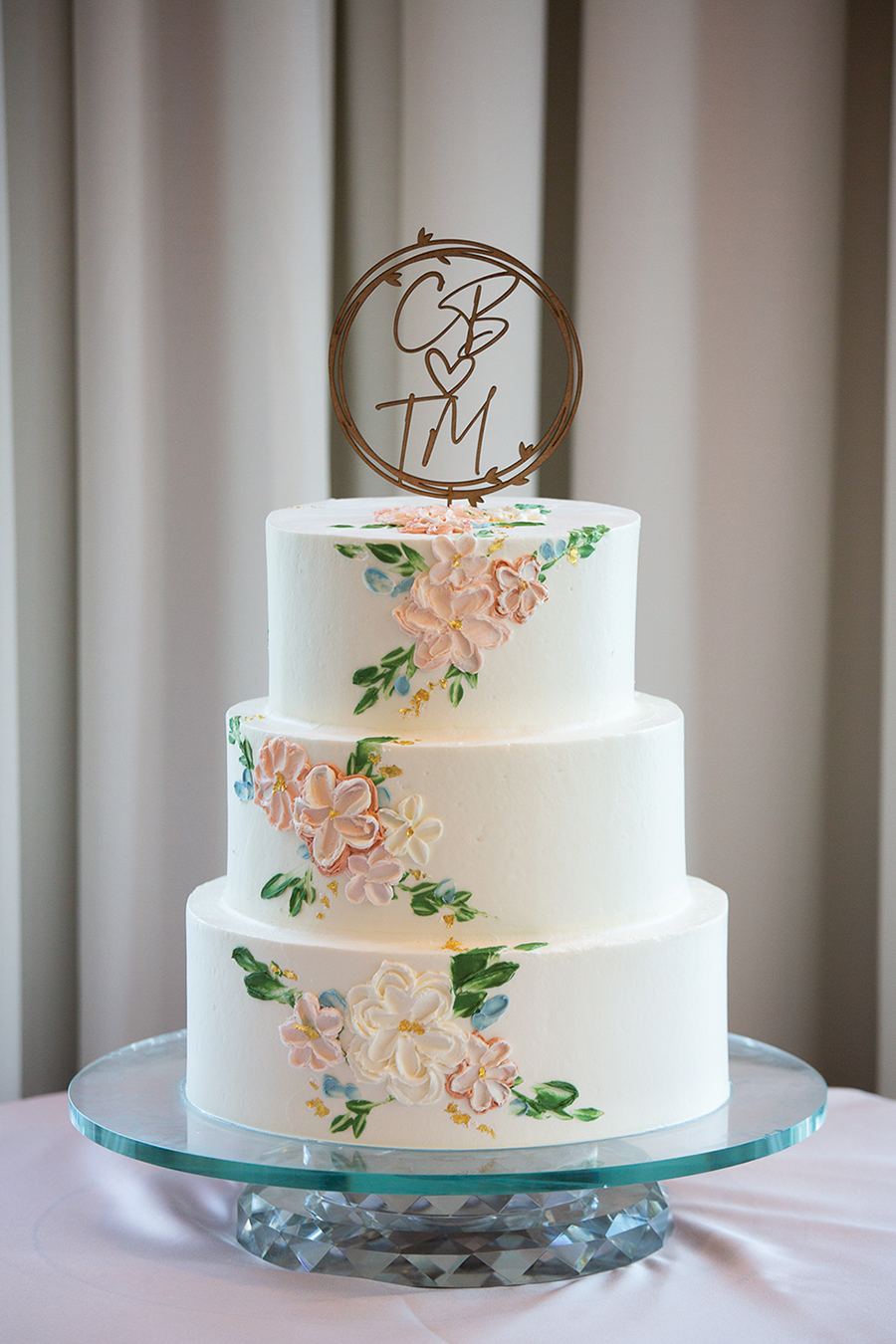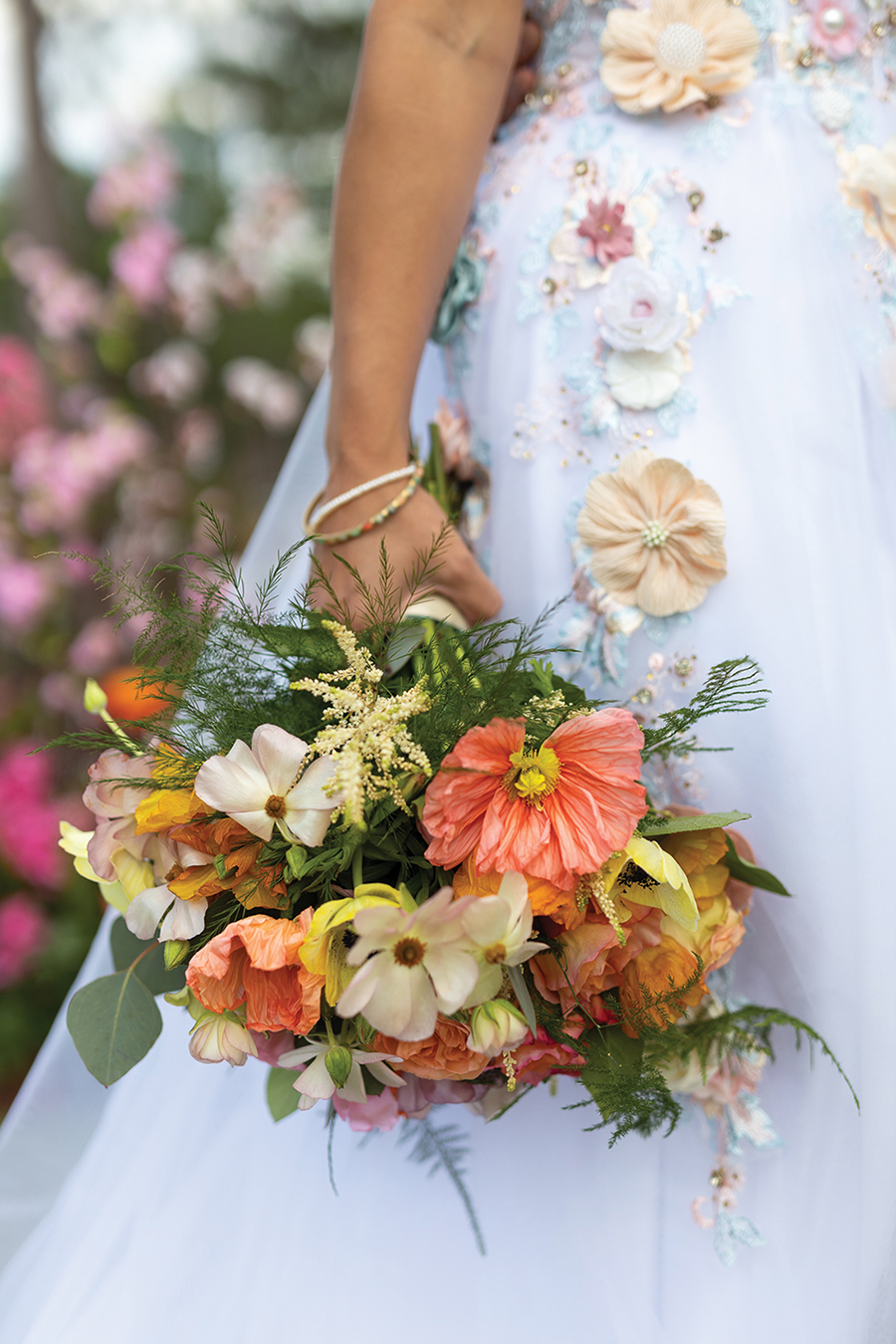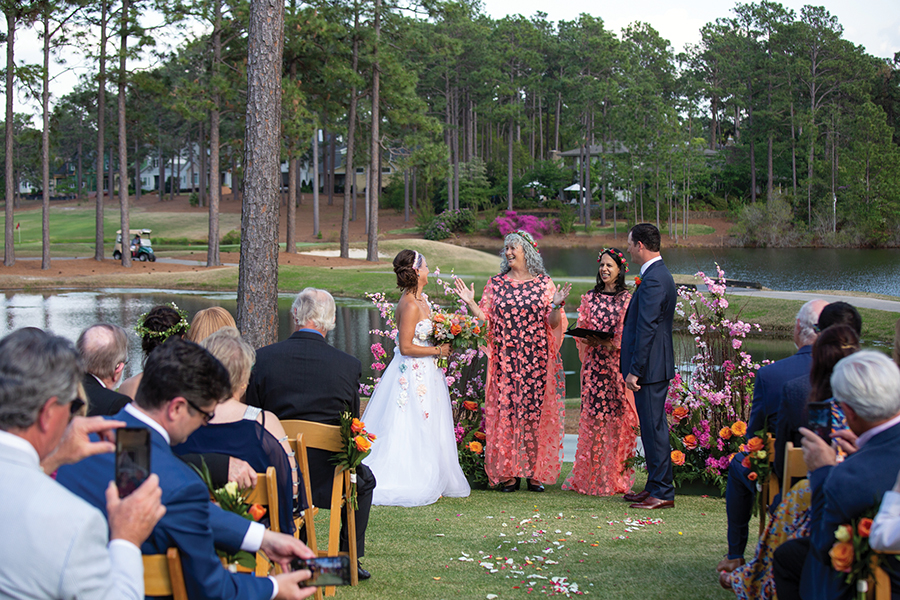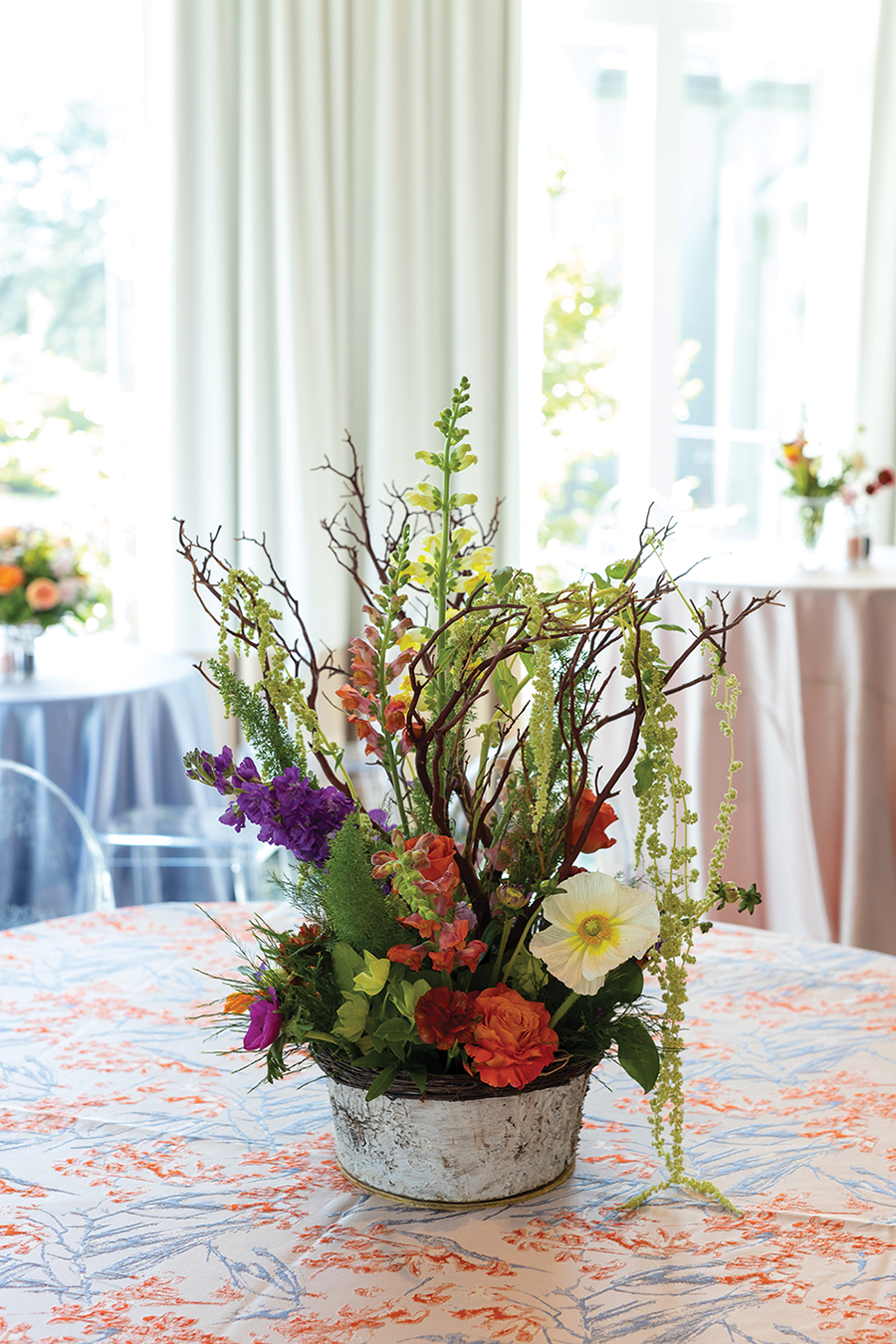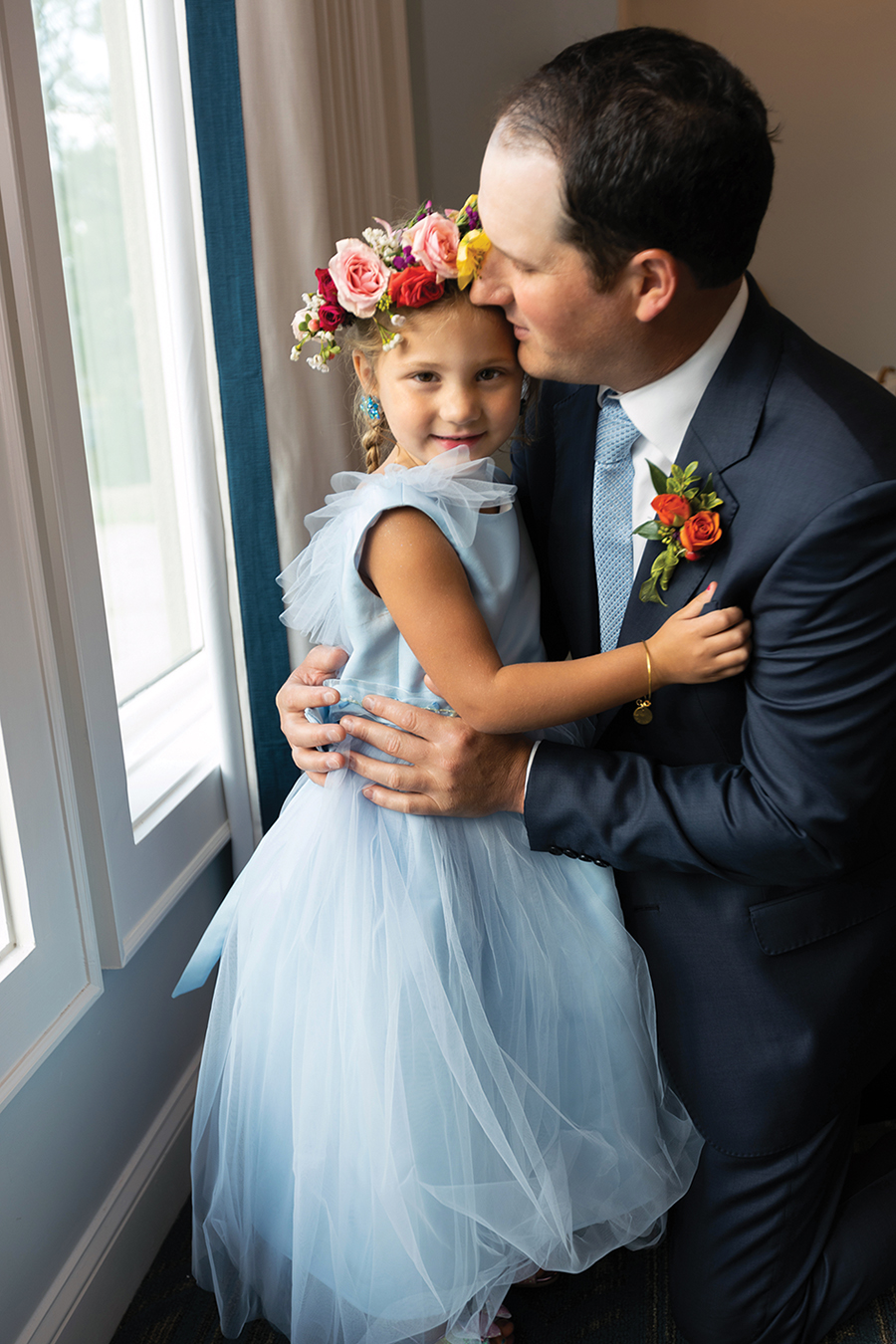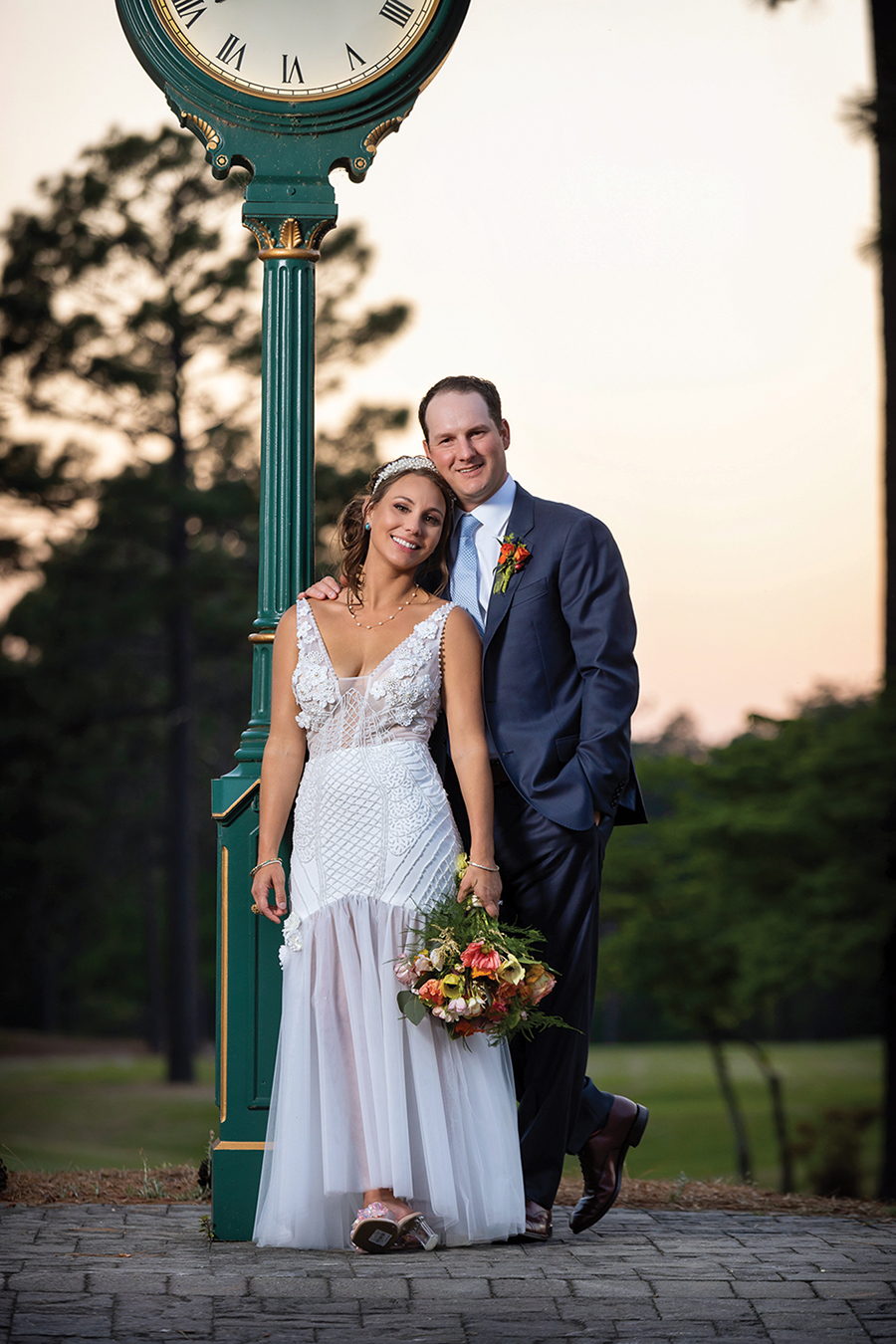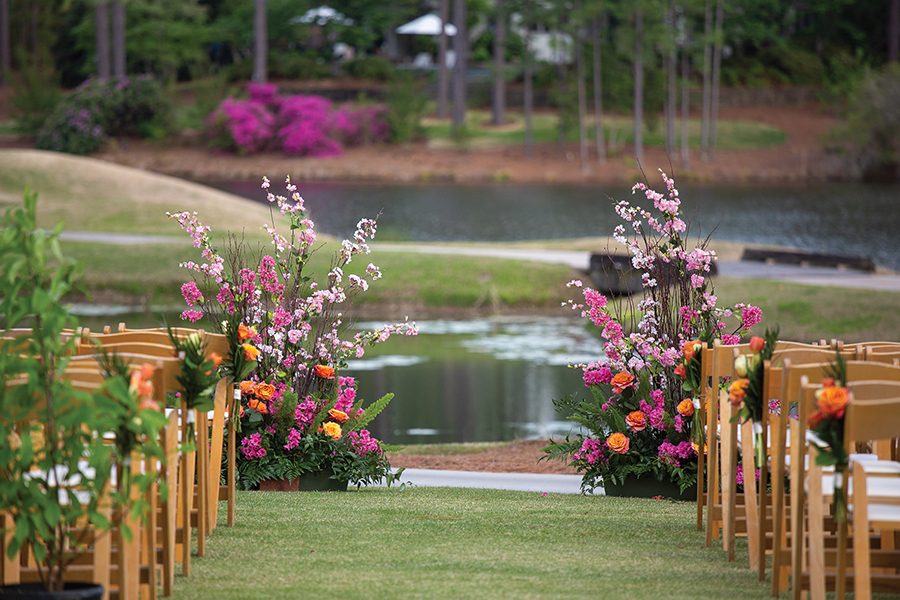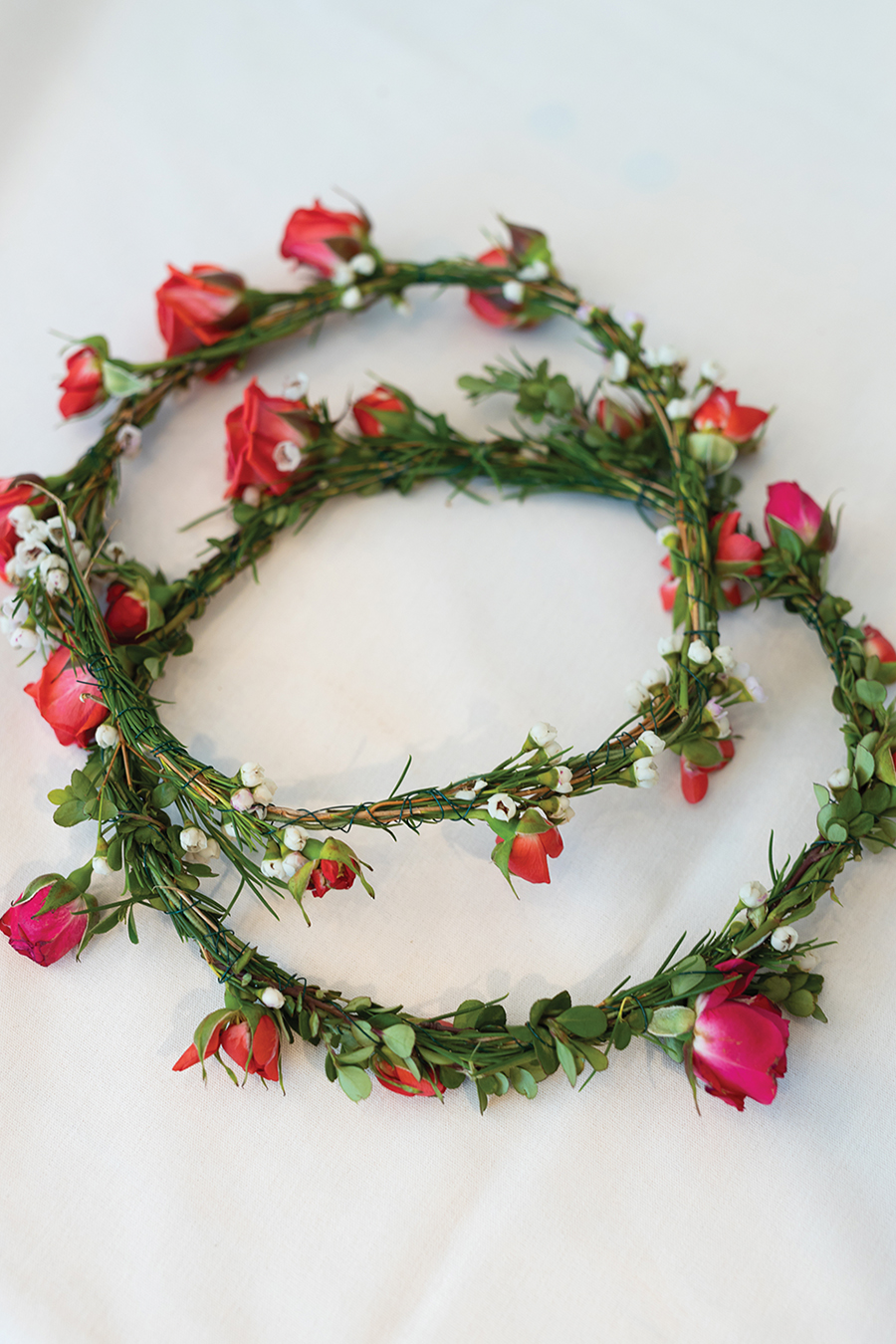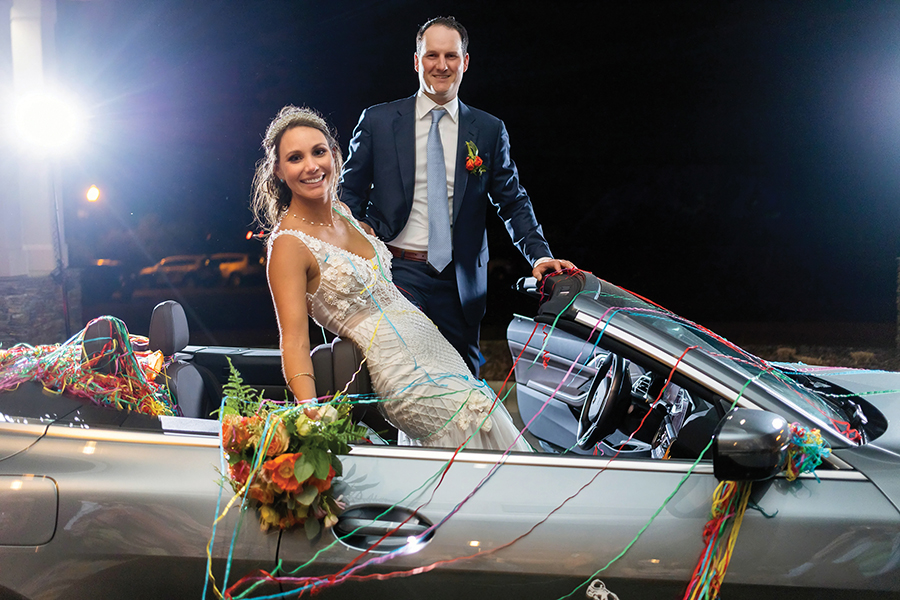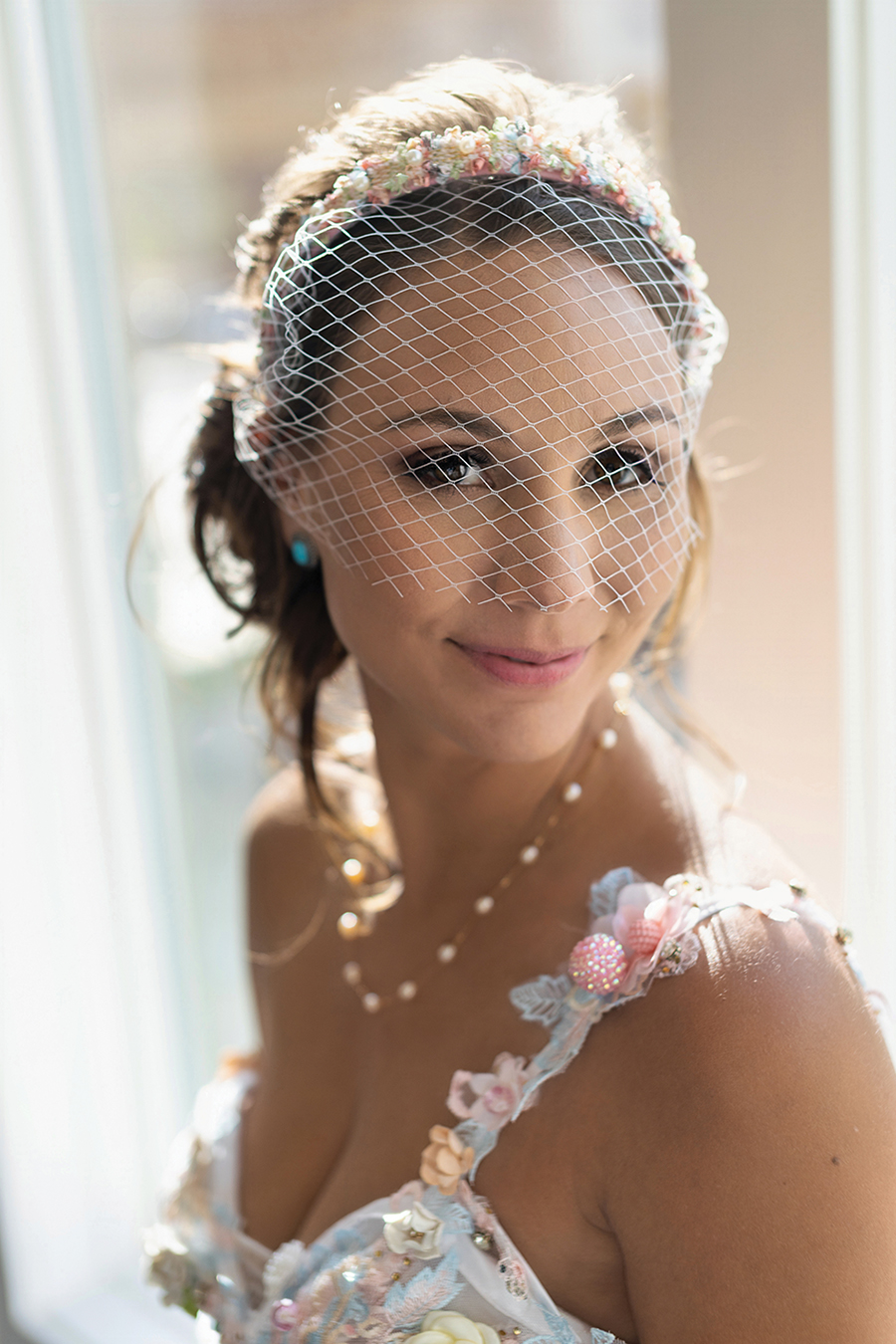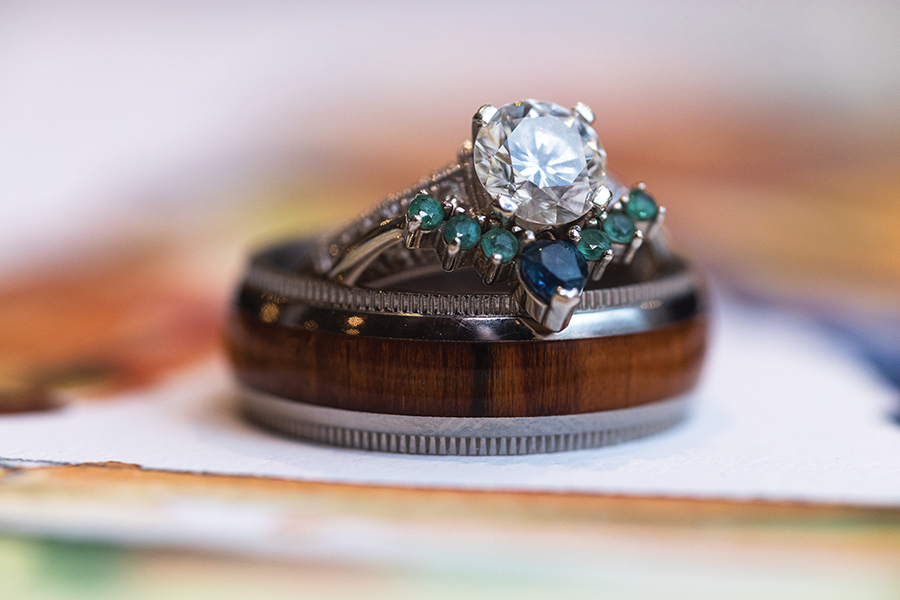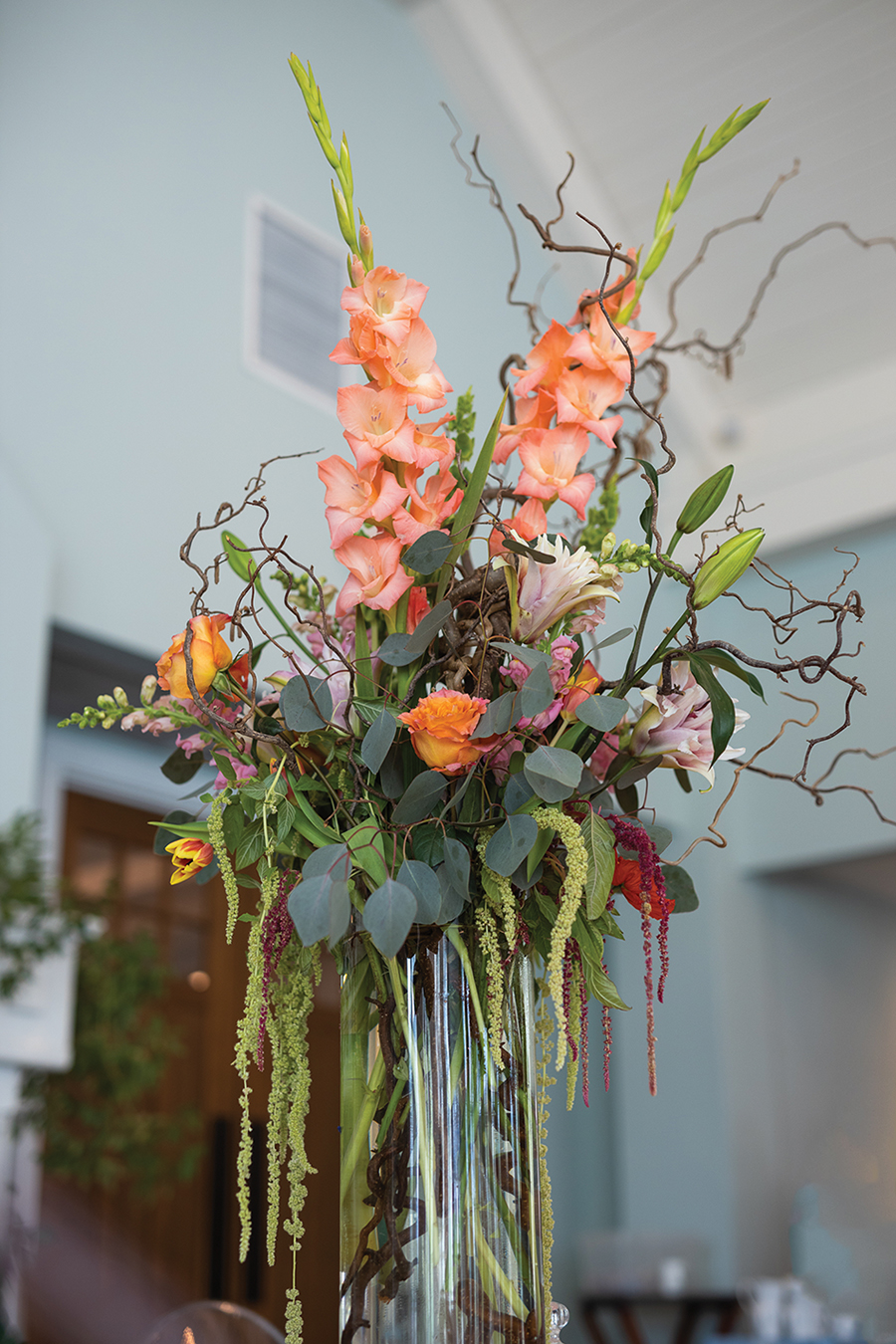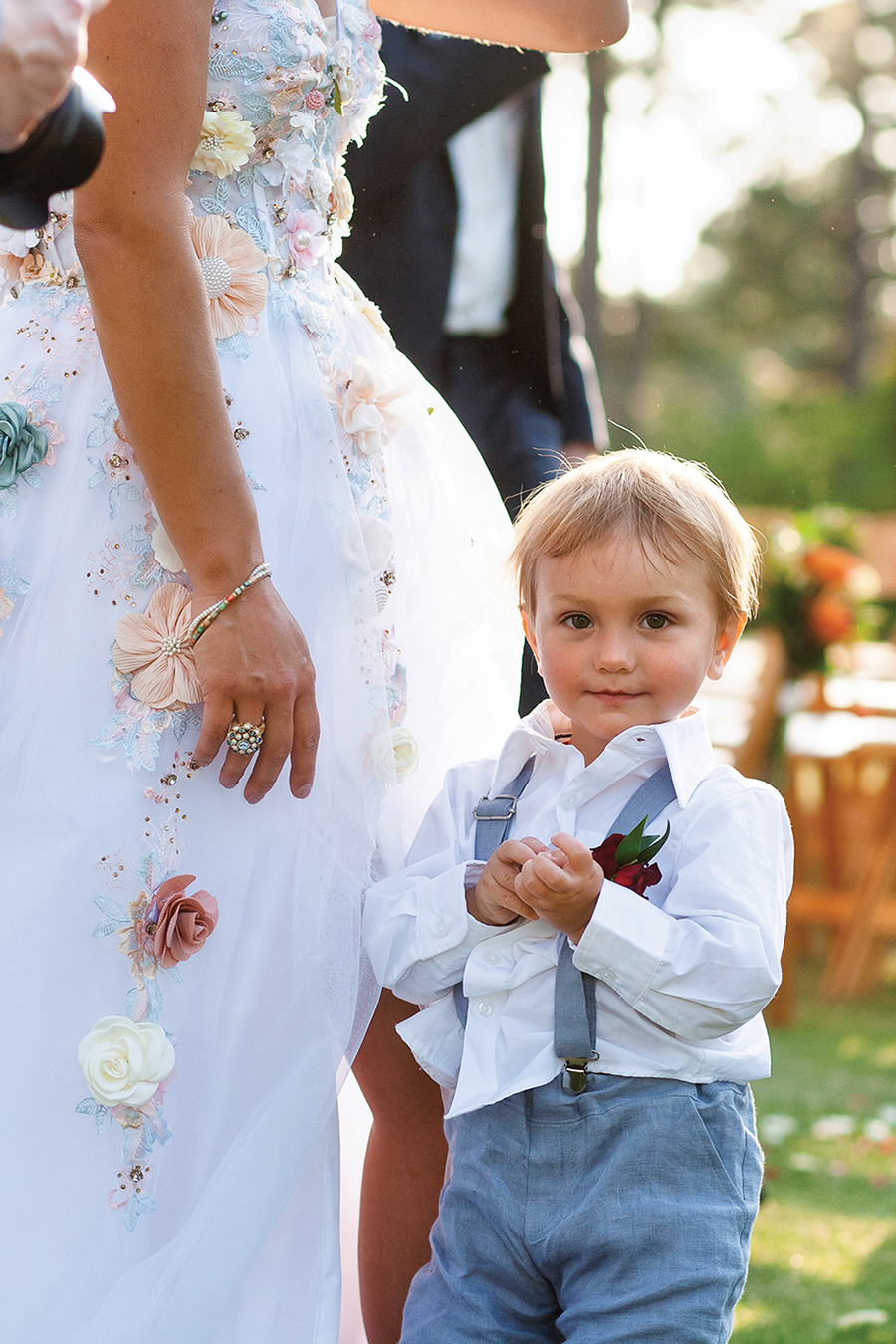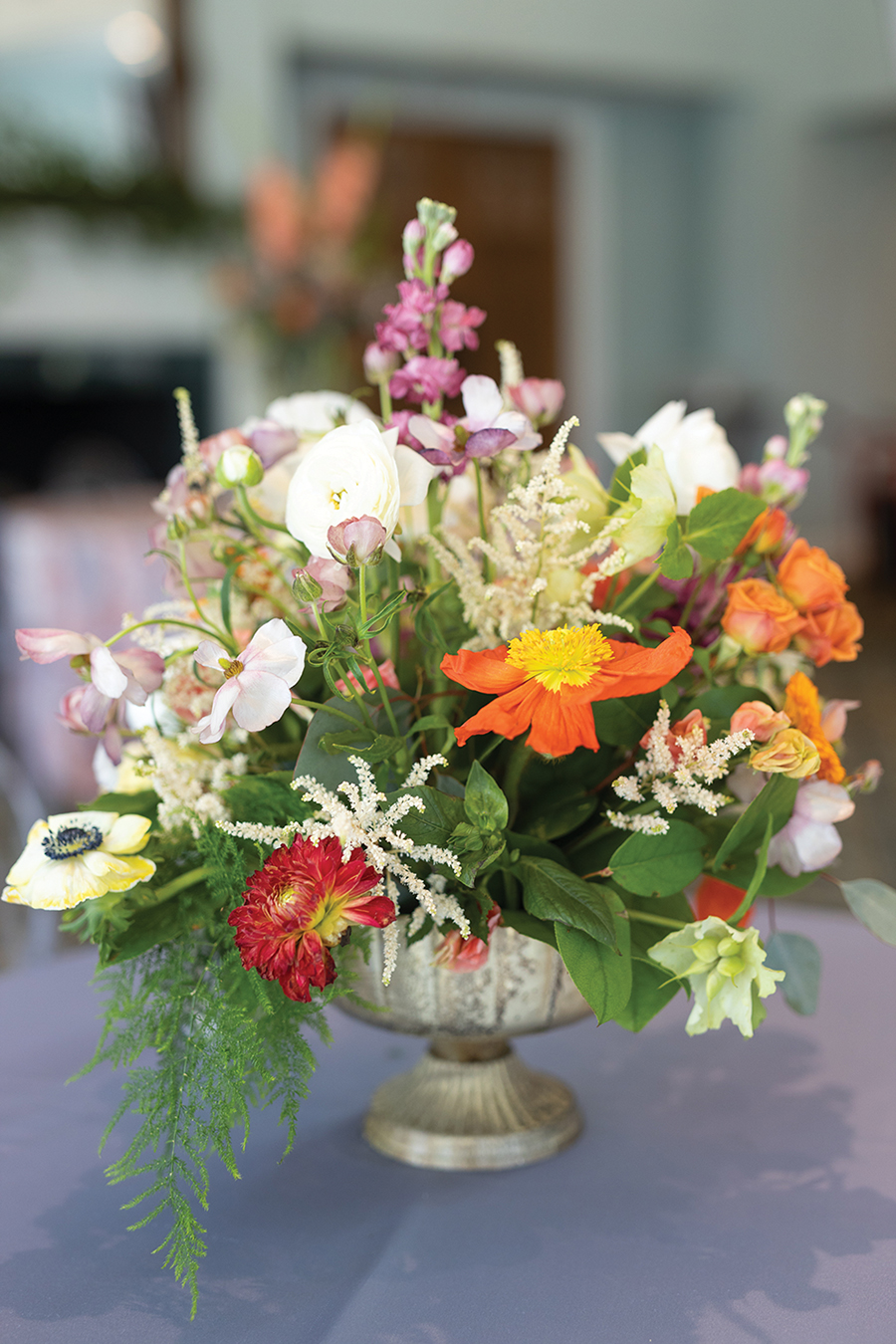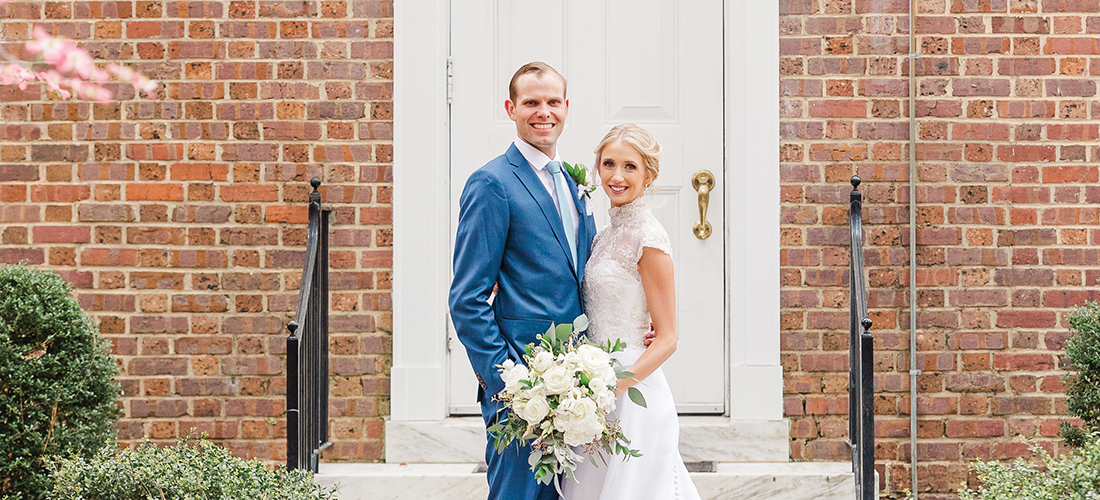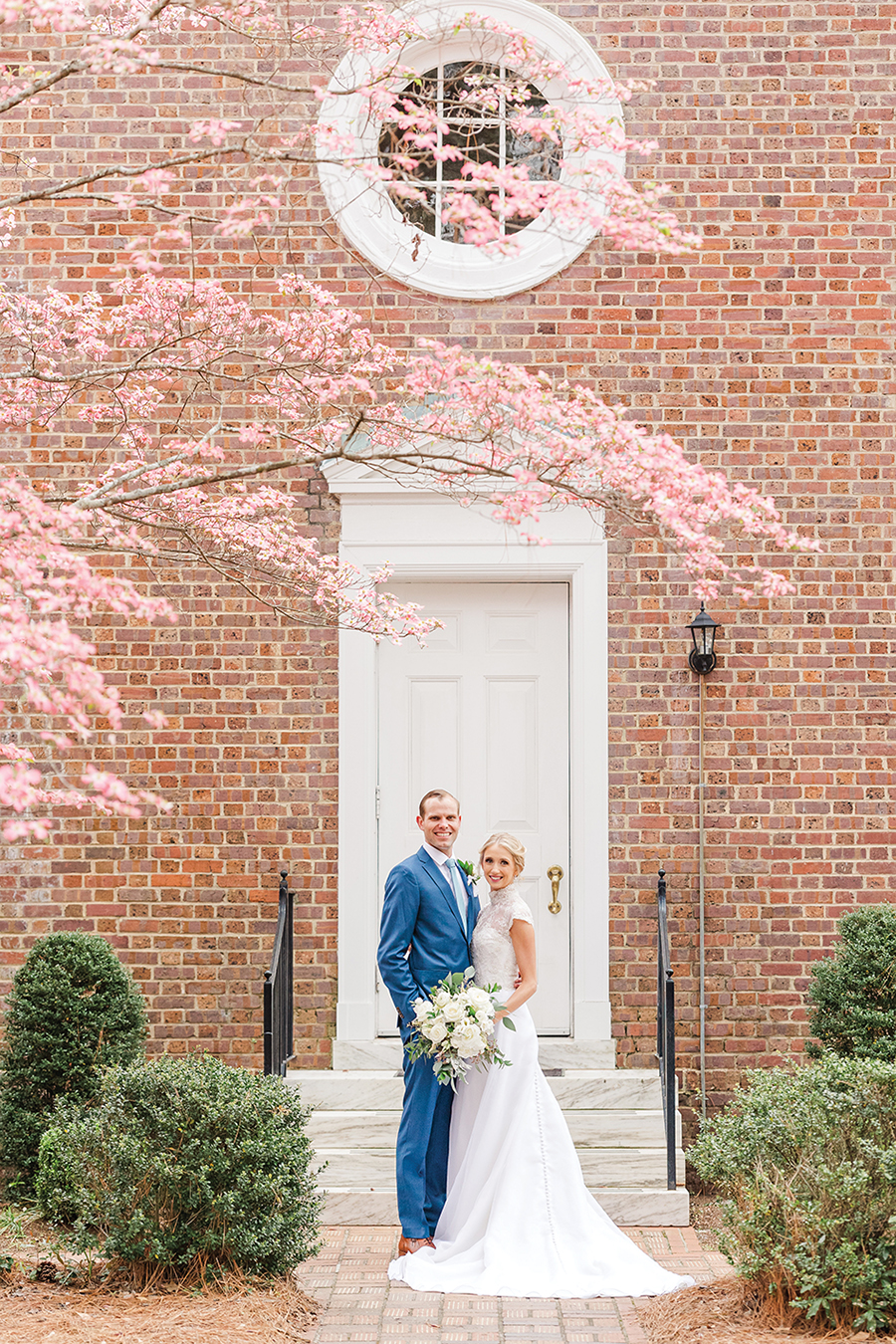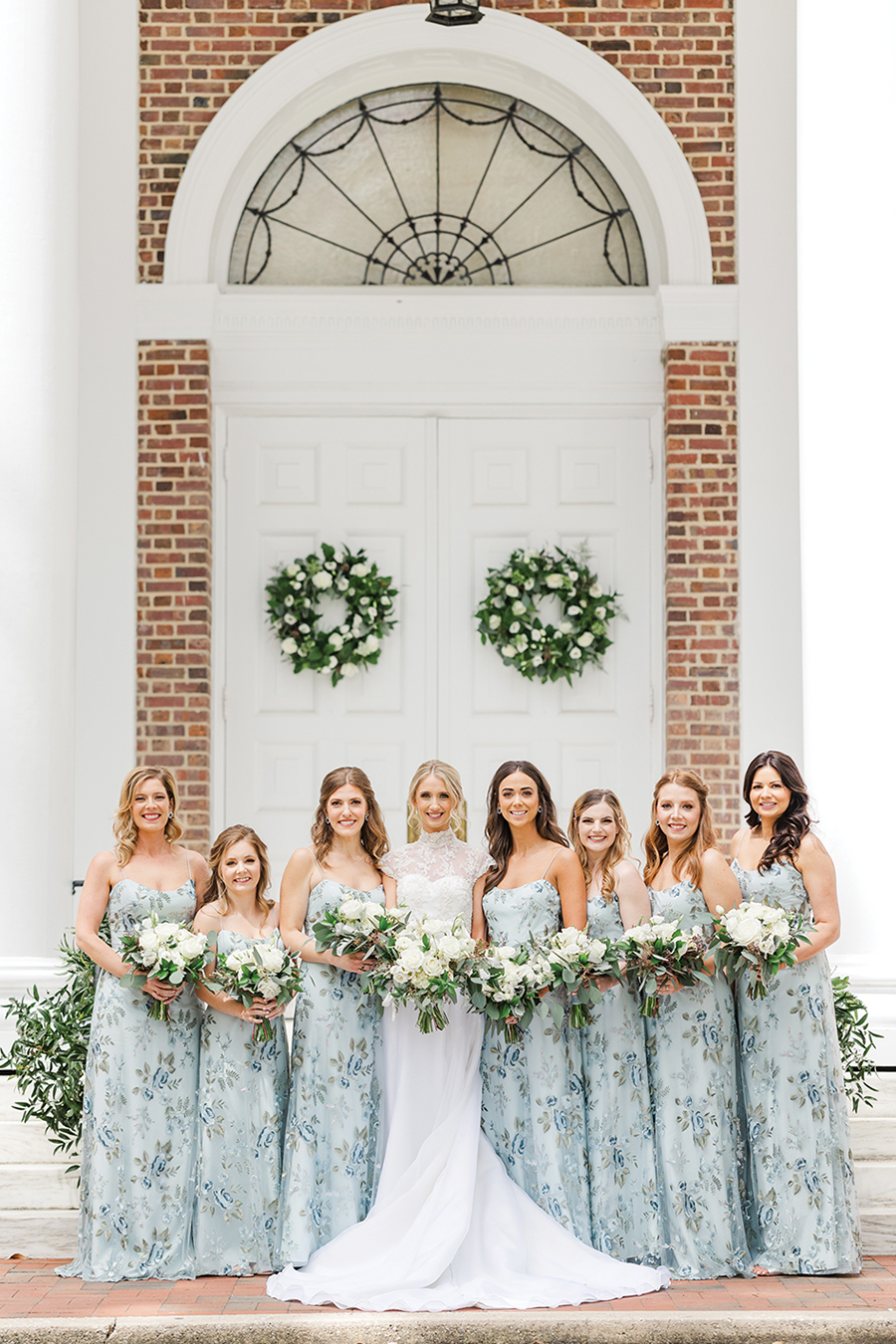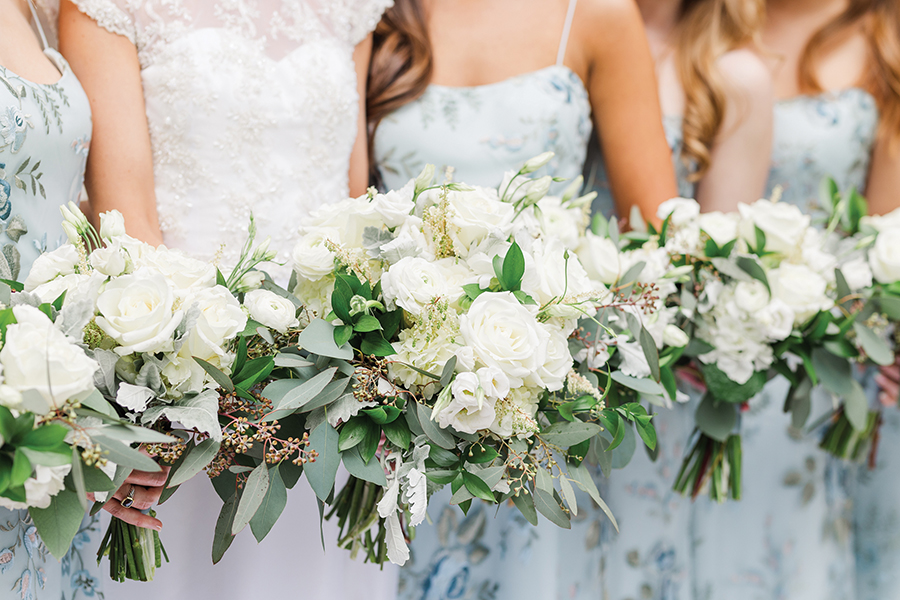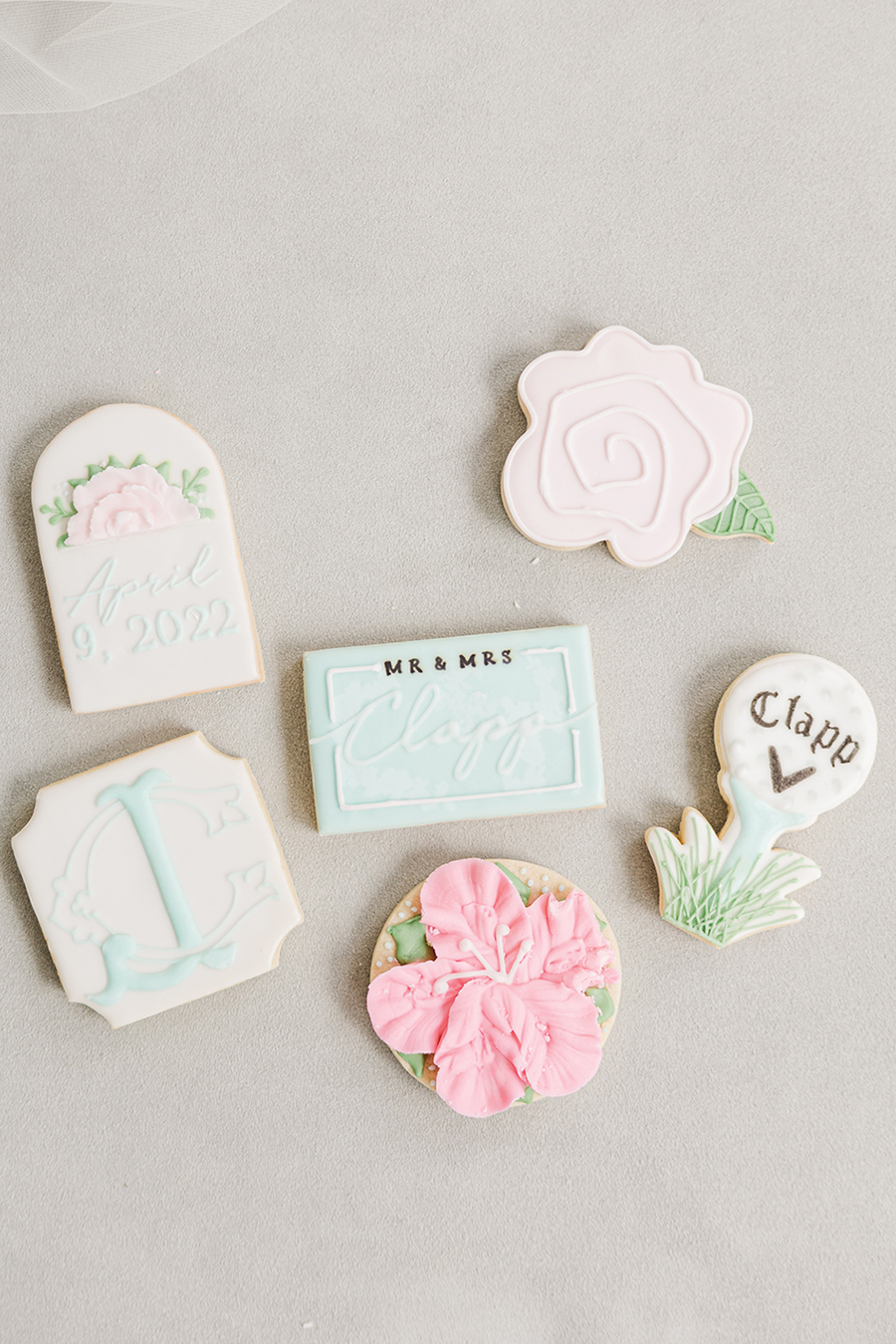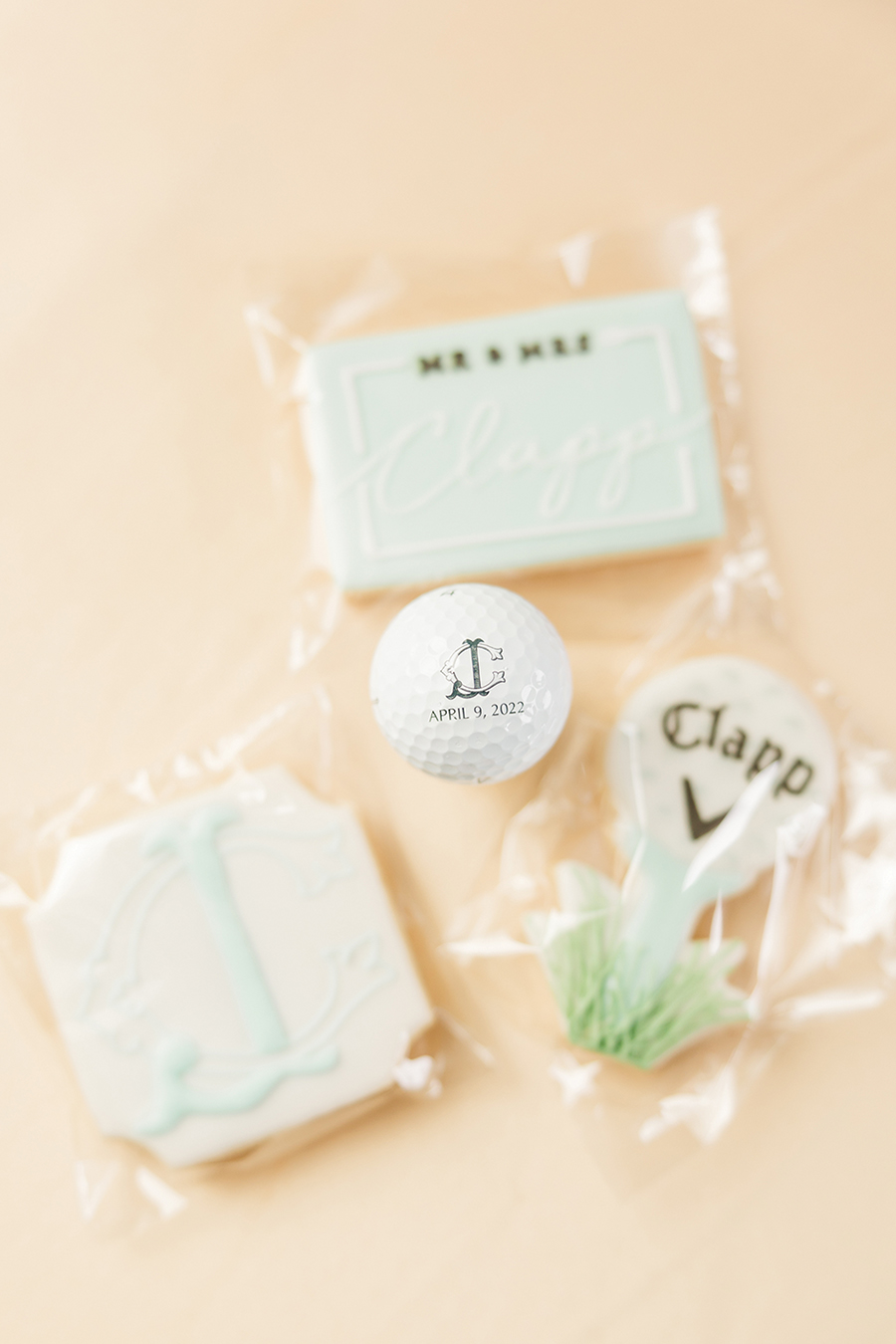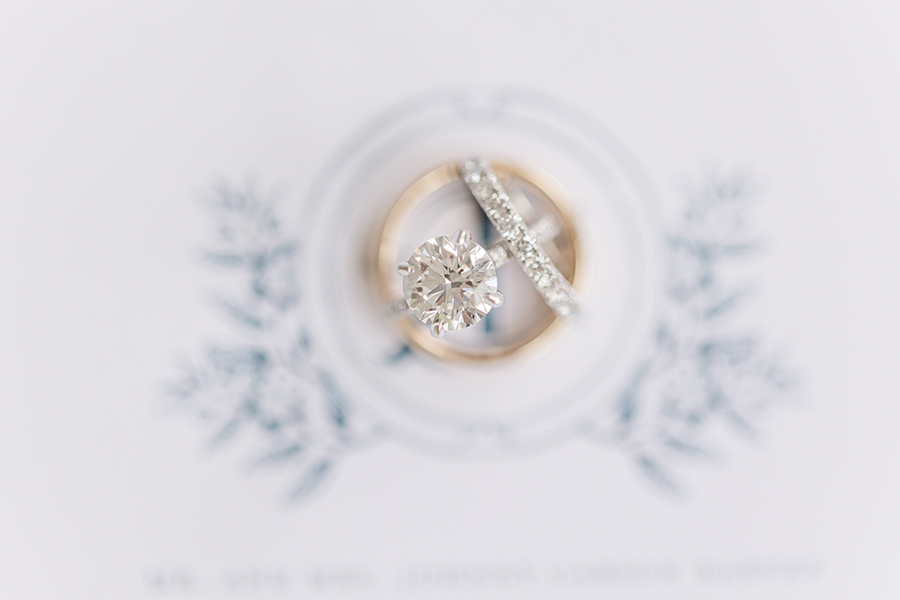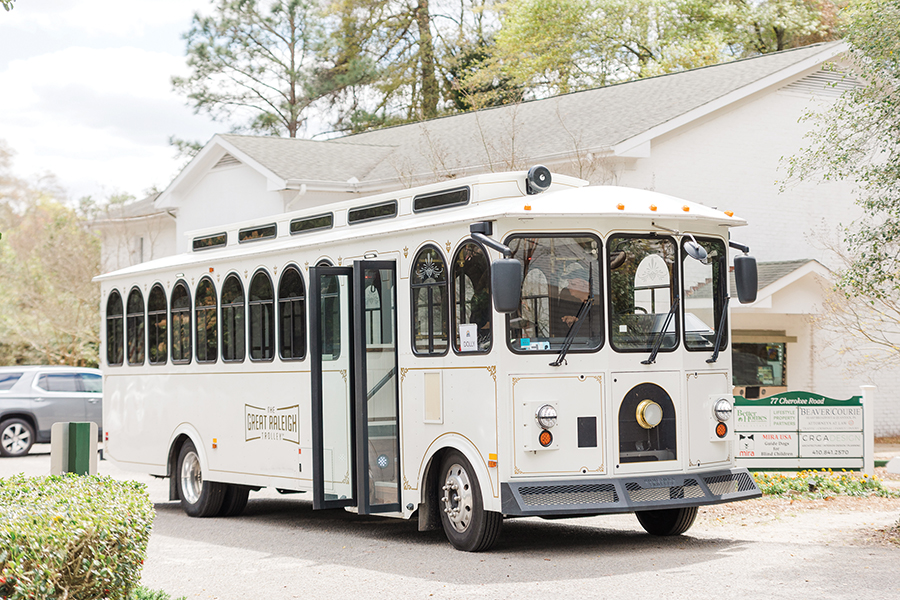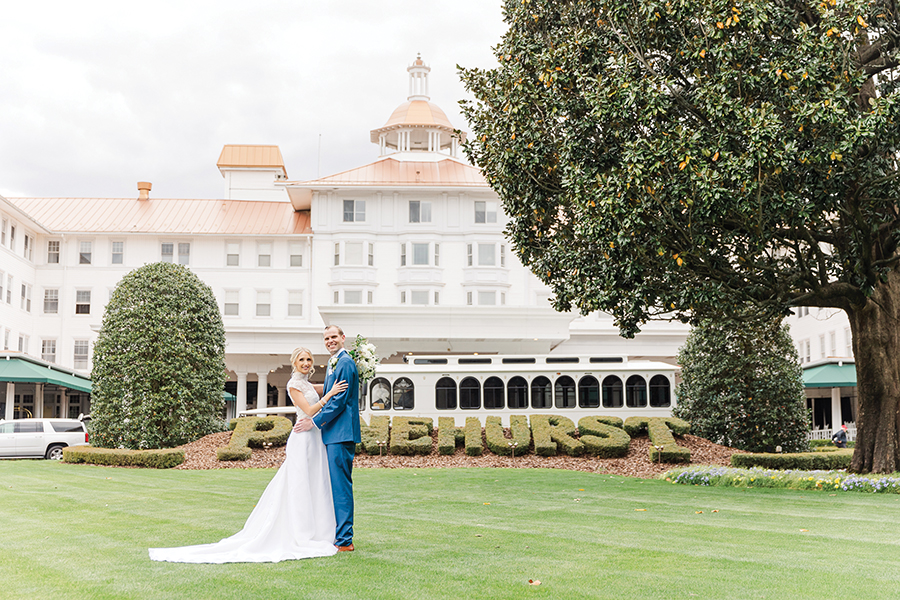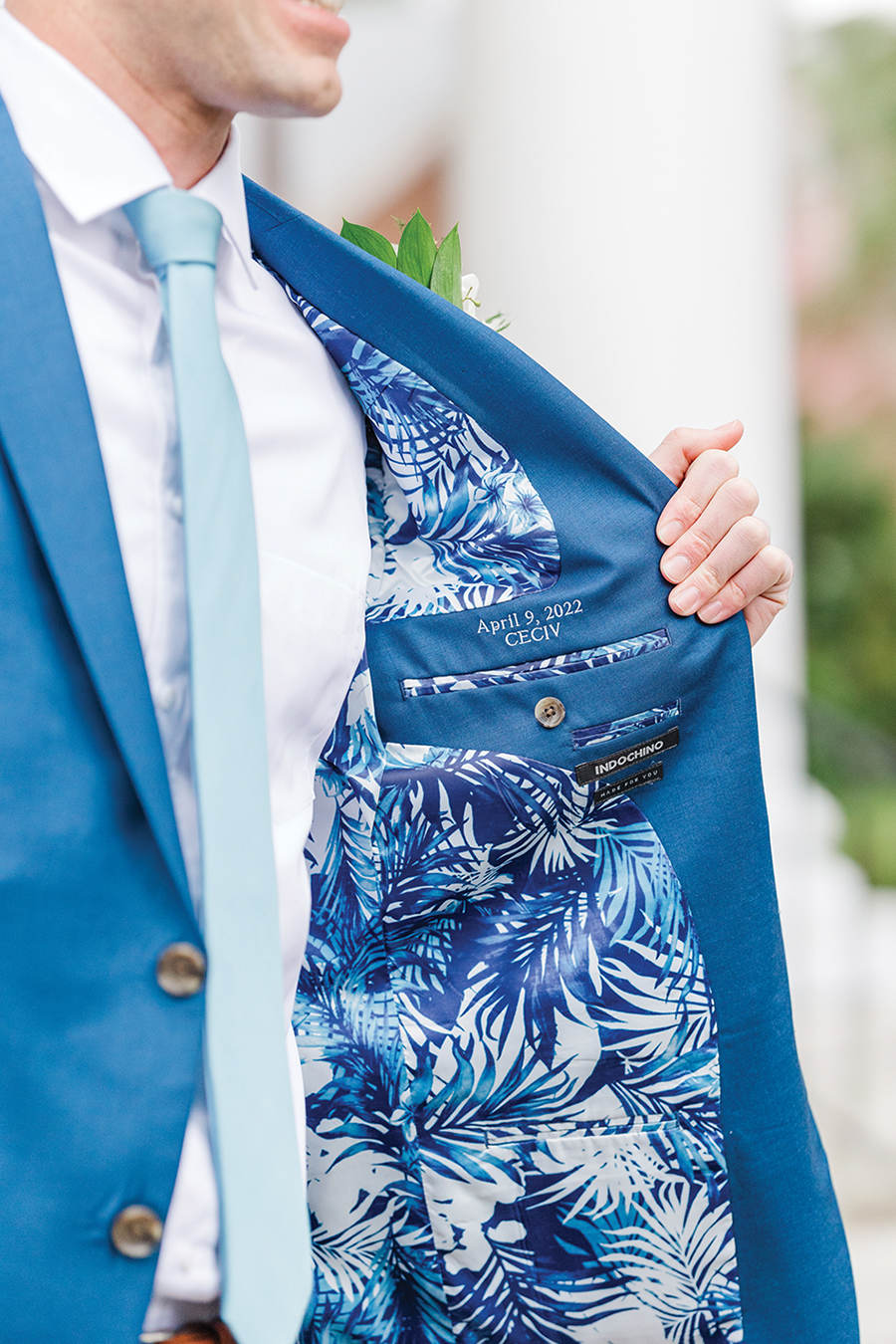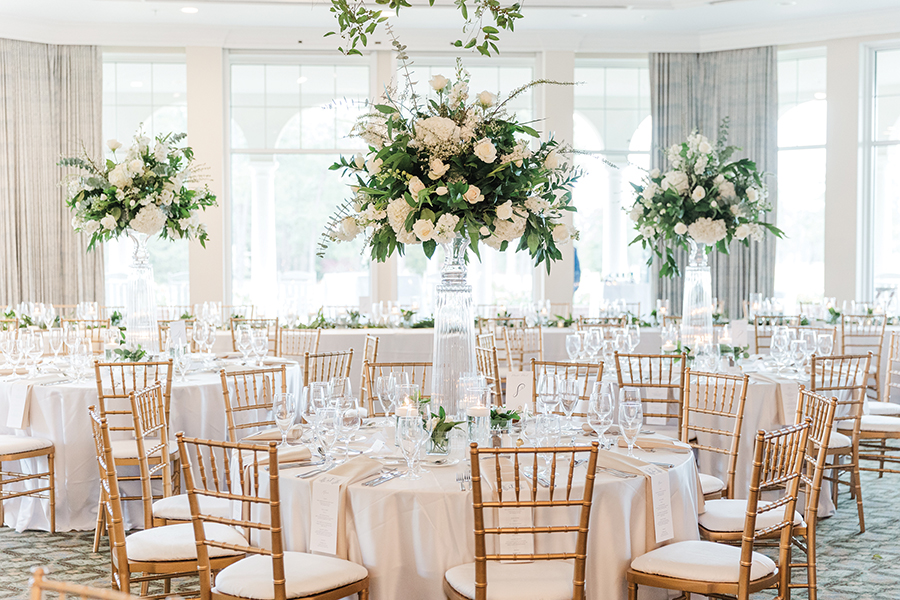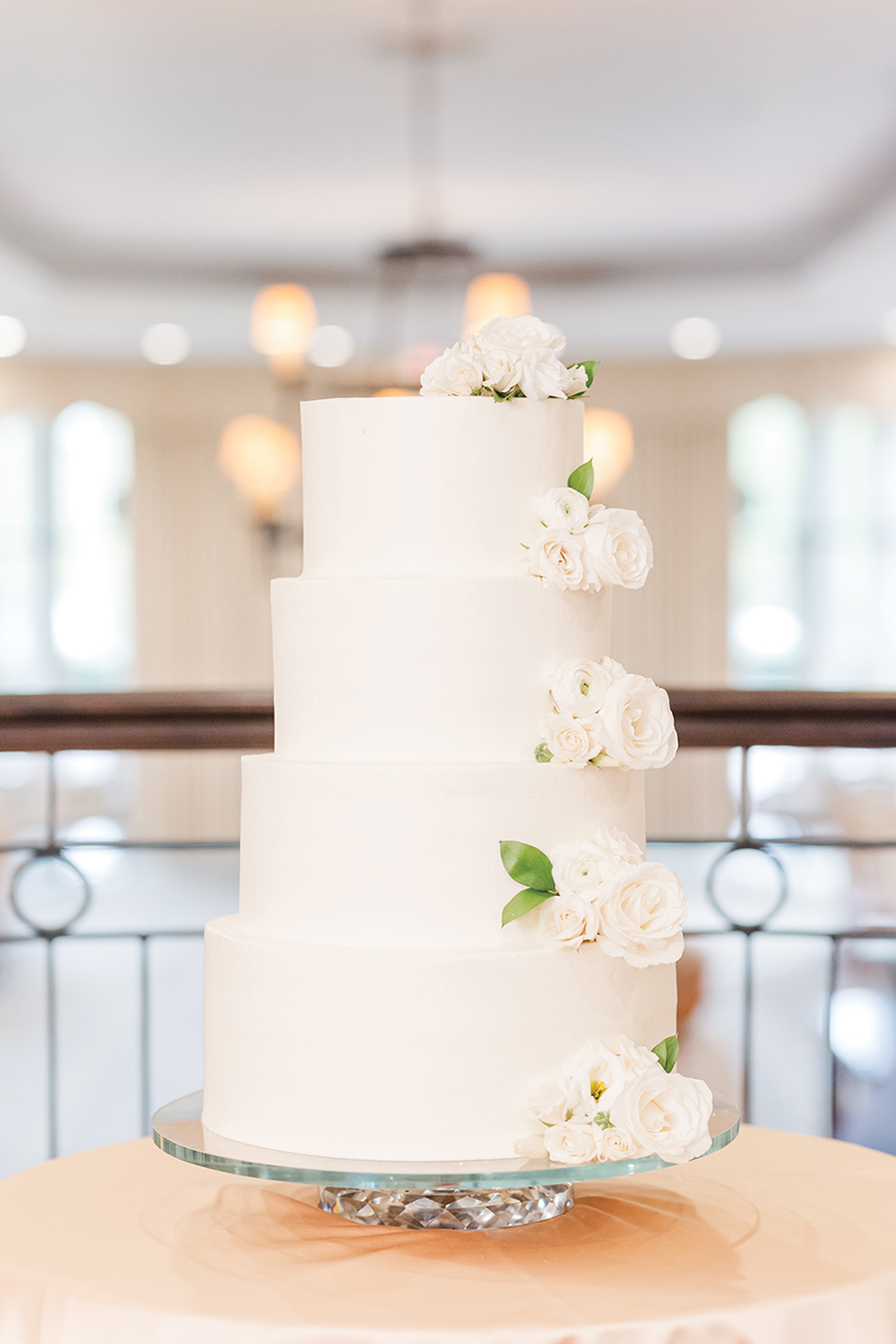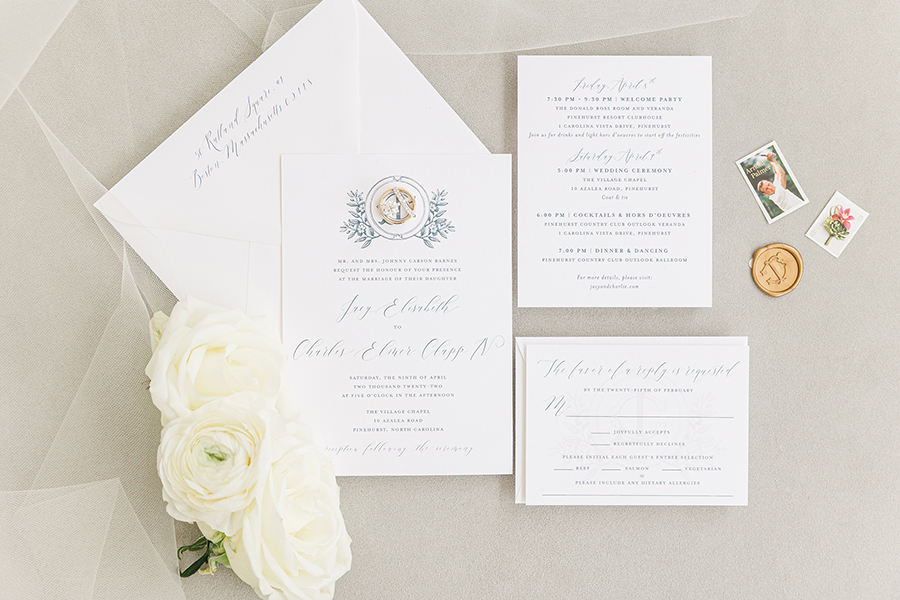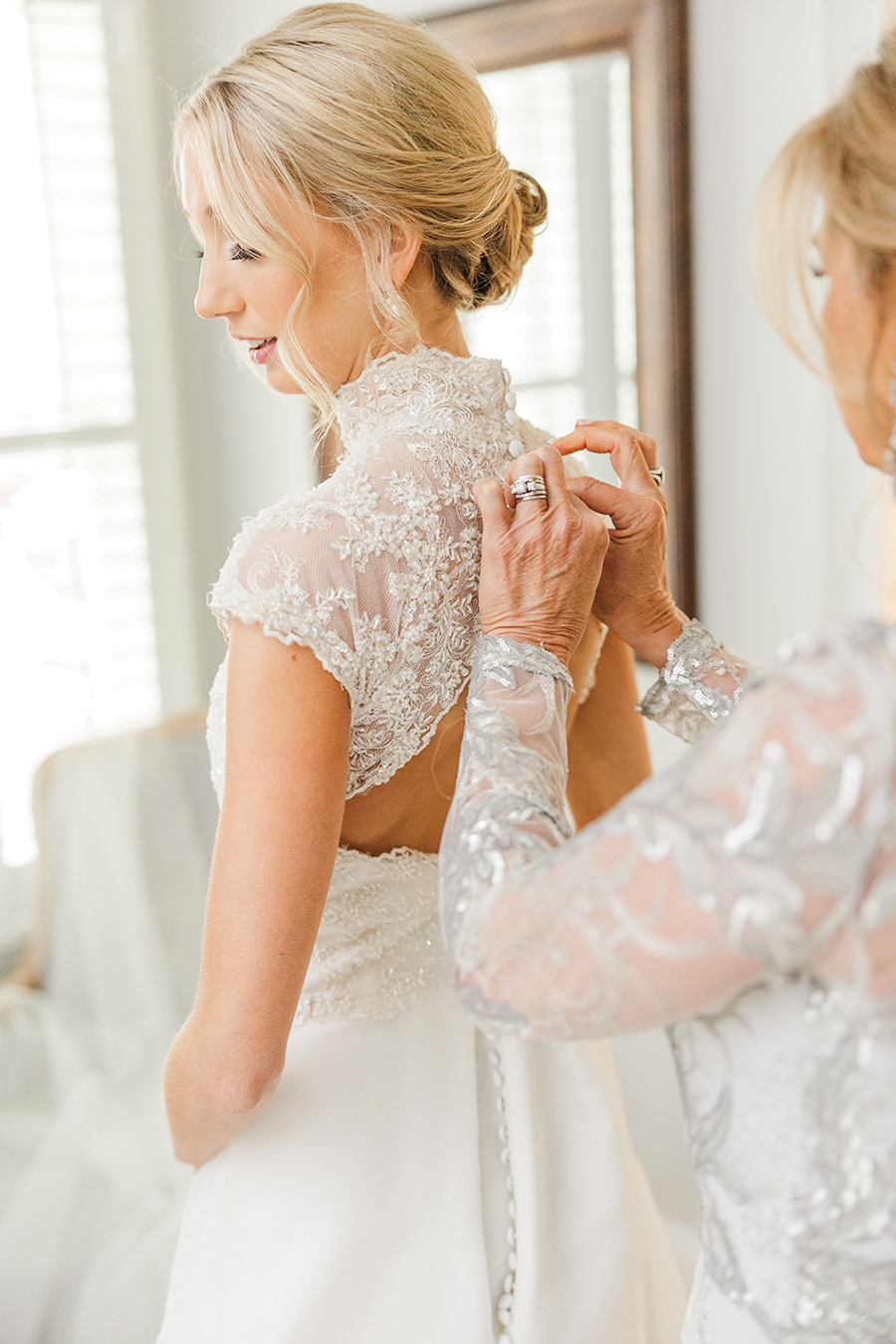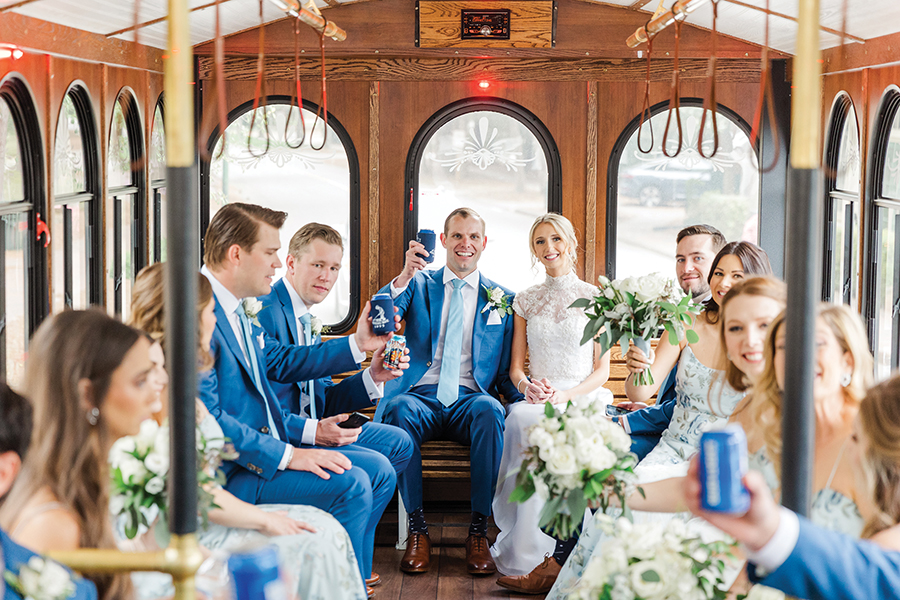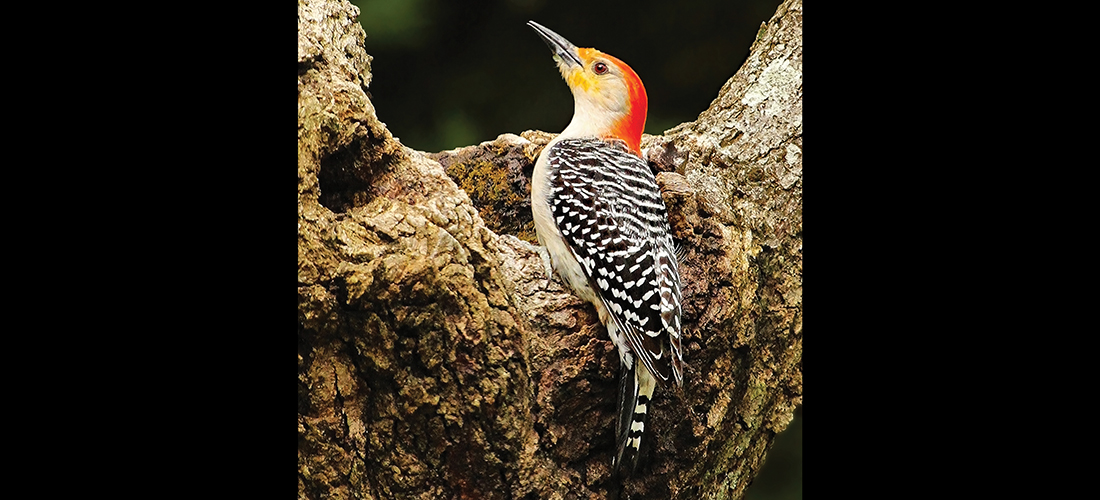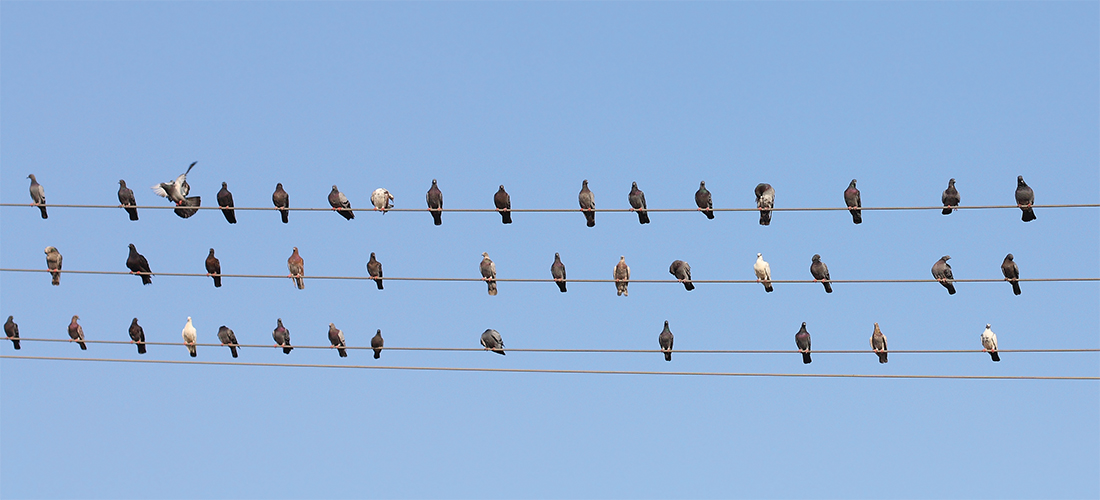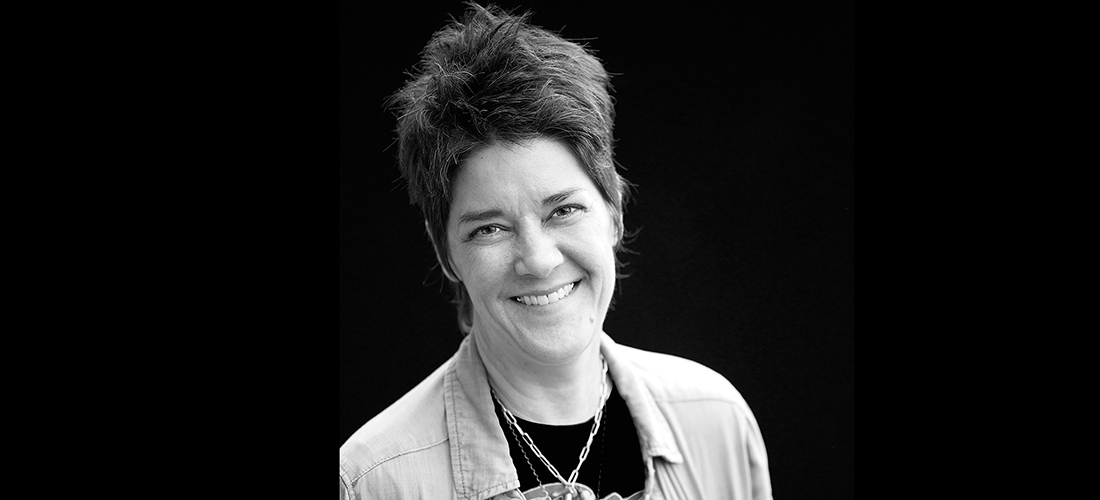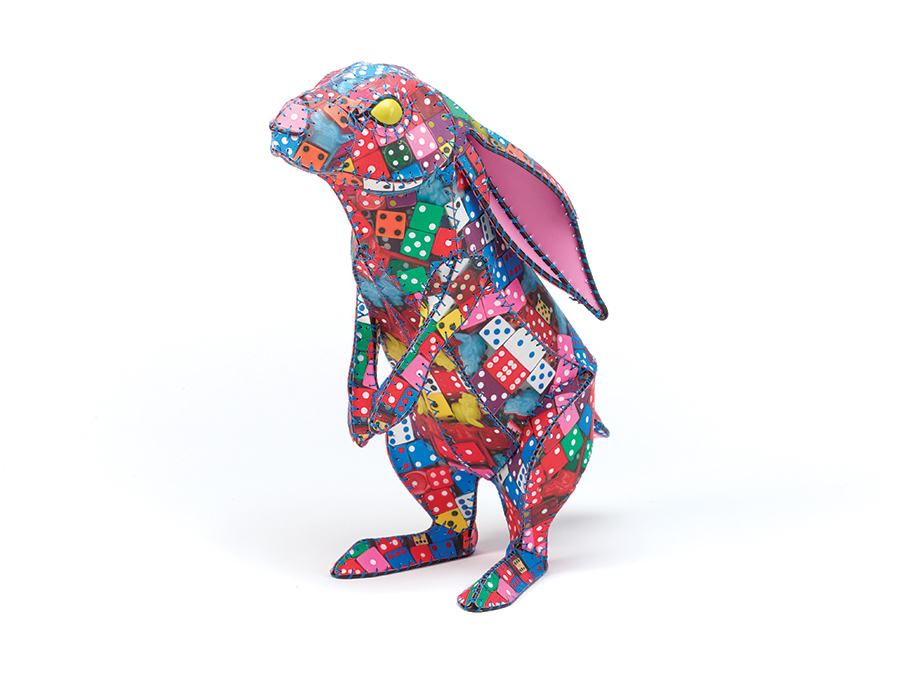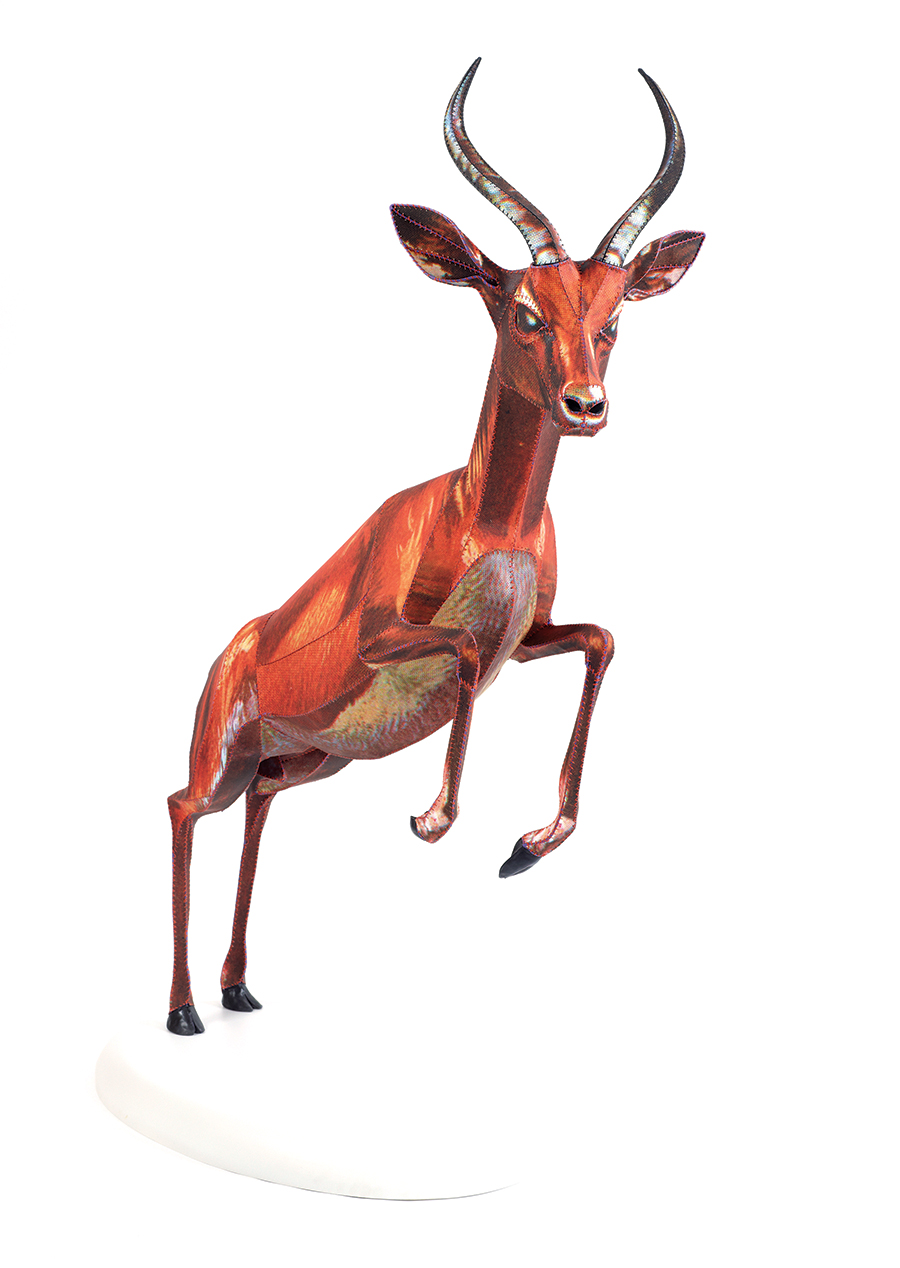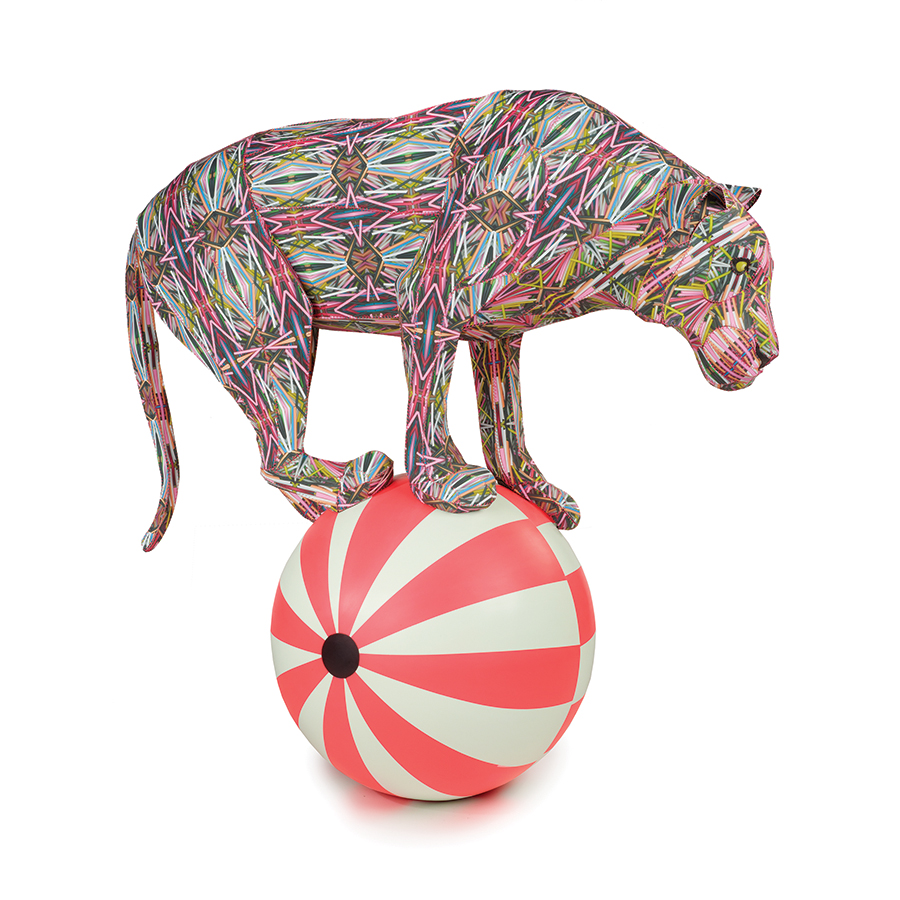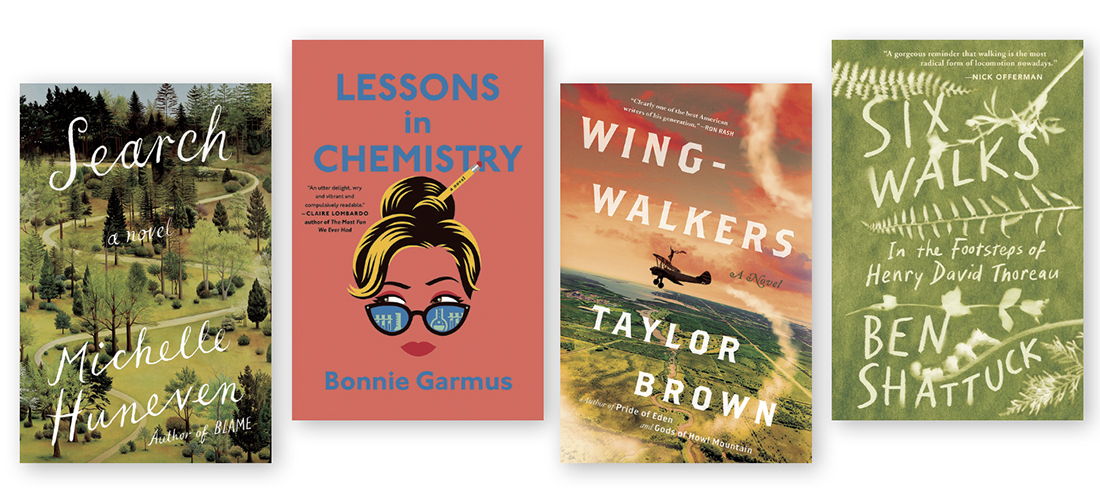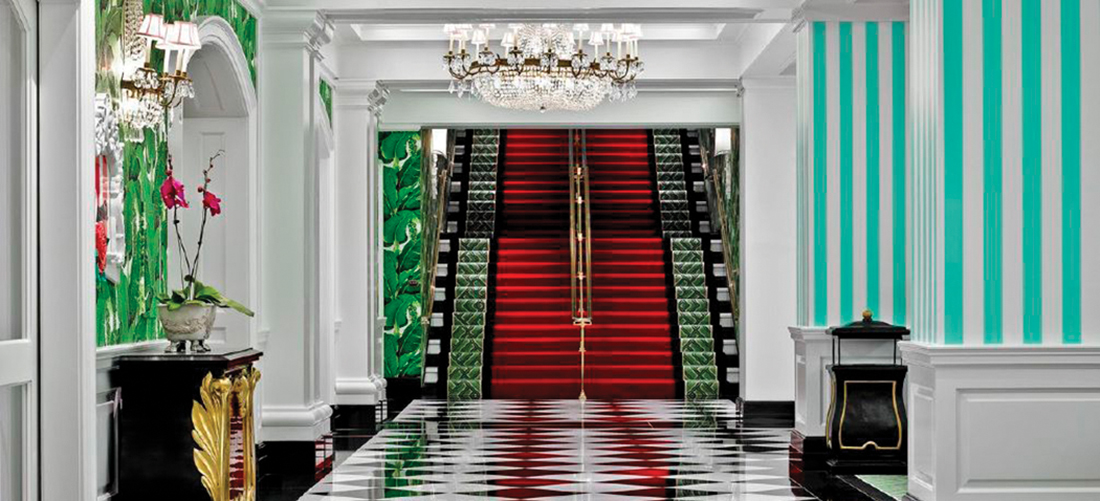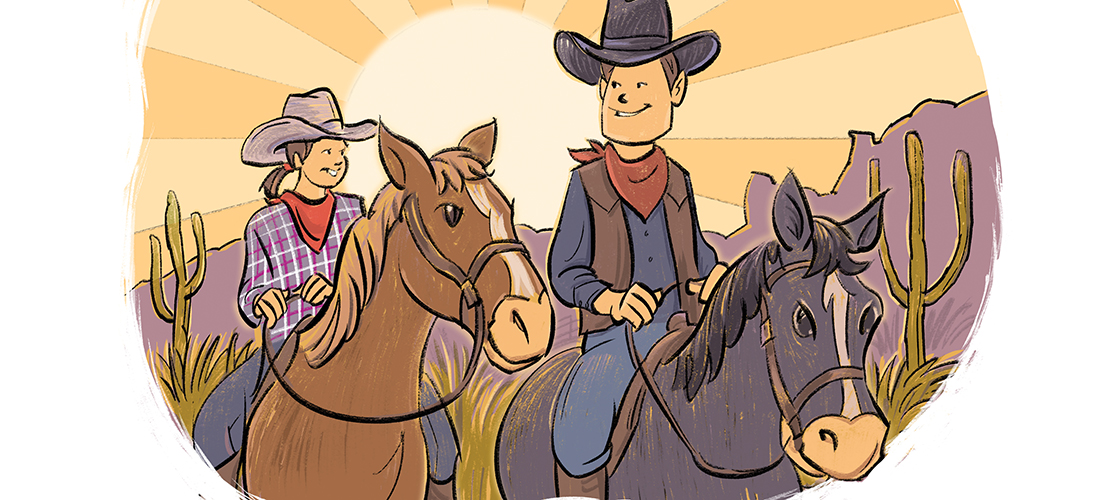The Thrill of Victory
By Jim Moriarty
In I didn’t know what the hell I was doing. This is not to say the affliction has improved greatly in the intervening 41 years but, back then, as a cordially lubricated Miller Barber once told his Jamaican hosts during a banquet I attended honoring Mr. X and Nancy Lopez, “When it comes to golf, y’all couldn’t hit a bull in the ass with a bass fiddle.” Neither could I.
Nonetheless, as the lowliest member of Golf World magazine’s three-person editorial staff (the magazine was housed then in what is now a Southern Pines municipal building on U.S. 1), I was dispatched to both write about and photograph the 1981 U.S. Women’s Open at La Grange Country Club outside Chicago. I was from northern Indiana, so it was almost like a home game. That’s about all I had going for me. That and the fact that then — and I suspect still — covering professional women golfers was the easiest assignment a writer could get. They actually wanted to talk to you. There was no waving of a golf glove over the shoulder as someone stalked off, their metal spikes sparking on the concrete cart path, saying, “Not now. Not now.”
In the time I spent covering the women’s game my experience was, if a player couldn’t give you five minutes then, she’d give you half an hour later. But, back to La Grange.
The great Kathy Whitworth, then 41, was tied for the lead after 18 and 36 holes and led by a single shot over Bonnie Lauer going into the final round. It would prove to be Whitworth’s best chance to win the national championship that, like Sam Snead, would elude the 88-time winner and Hall of Famer. The world of women’s professional golf has designated its “majors” over the years, but there is no doubt that the crown jewel was, and is, the U.S. Open. All the others are playing for second.
That year it rained biblically on Saturday night, softening the course. The next day Pat Bradley and Beth Daniel made the best of the relatively benign (for an Open) scoring conditions while Whitworth and Lauer, playing in the twosome right behind them, faded. Through 14 holes Daniel, a lanky 24-year-old from Charleston, was tied for the lead with Bradley, who had already won one of those other majors. Daniel hit a marvelous bunker shot to about a foot to save a certain par on the 15th before Bradley rolled in a putt from the front of the green that was about as long as the commute from La Grange to Chicago’s downtown Loop. It was 70 feet if it was an inch, and Bradley, her face hidden most of the day beneath a low-slung visor, threw her arms up in the air in exaltation. I remember this well because I blew the photo, something of a cottage industry for me in those days.
The 18th was a par-5, and the long-hitting Daniel, a shot behind since Bradley’s bomb, went for the green in two, missing left. Bradley hit a wonderful sand wedge shot for her third that was inside three feet. Daniel pitched it to eight inches. Bradley had to make to win, and she did, reprising her celebration from the 15th. Photographically speaking, I was grateful for the do-over. Daniel shot 68 and lost by one. Bradley’s 66 that day remained the lowest final round in a U.S. Women’s Open for 23 years.
Reporters and photographers are supposed to know where they’re going, but when I exited the green, I got all twisted around and, somehow or other, wound up inside the clubhouse in what seemed like a basement room. Anyway, I remember a cold, cement floor. While I’m standing there trying to figure out where the hell I was, in walks Pat Bradley — all by herself. After all, Whitworth and Lauer still had to finish.
I didn’t know Pat then, though I like to think of her as a friend all these years later. In those days she played with her left thumb taped. As she was unwinding the tape, she bent over at the waist and hyperventilated like she’d just set an Olympic record in the 400 meters. I doubt she even knew I was there. When she finished unraveling the athletic tape and crushing it into a little ball, she straightened up and, with a wild, satisfied look in her eyes, threw her arms around my neck and gave me an ecstatic, and memorable, kiss. I believe, in that moment, if Sasquatch had been standing there, she would have kissed him, too.
So, I guess there’s this, Pat — we’ll always have La Grange. PS
Jim Moriarty is the Editor of PineStraw and can be reached at jjmpinestraw@gmail.com.


